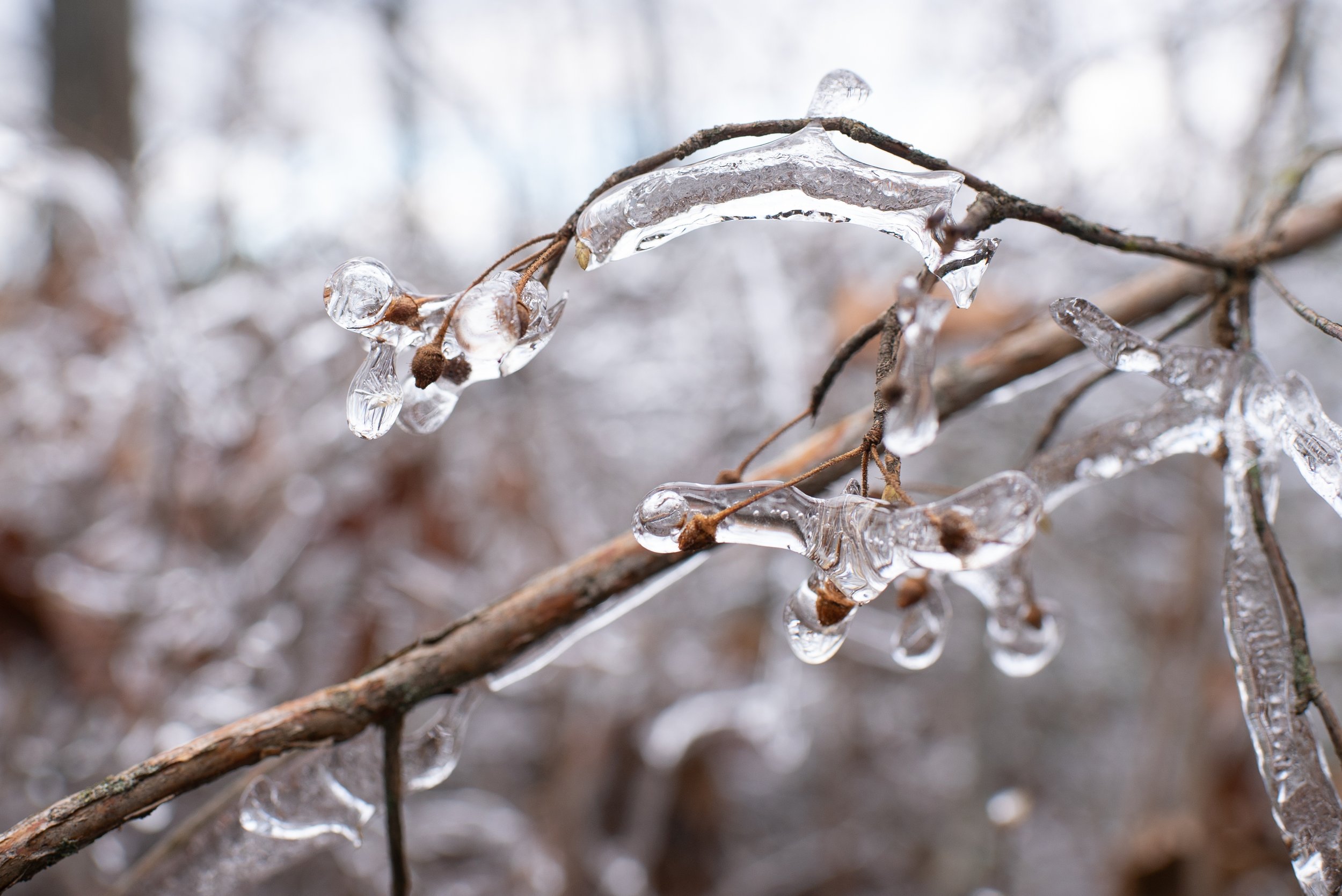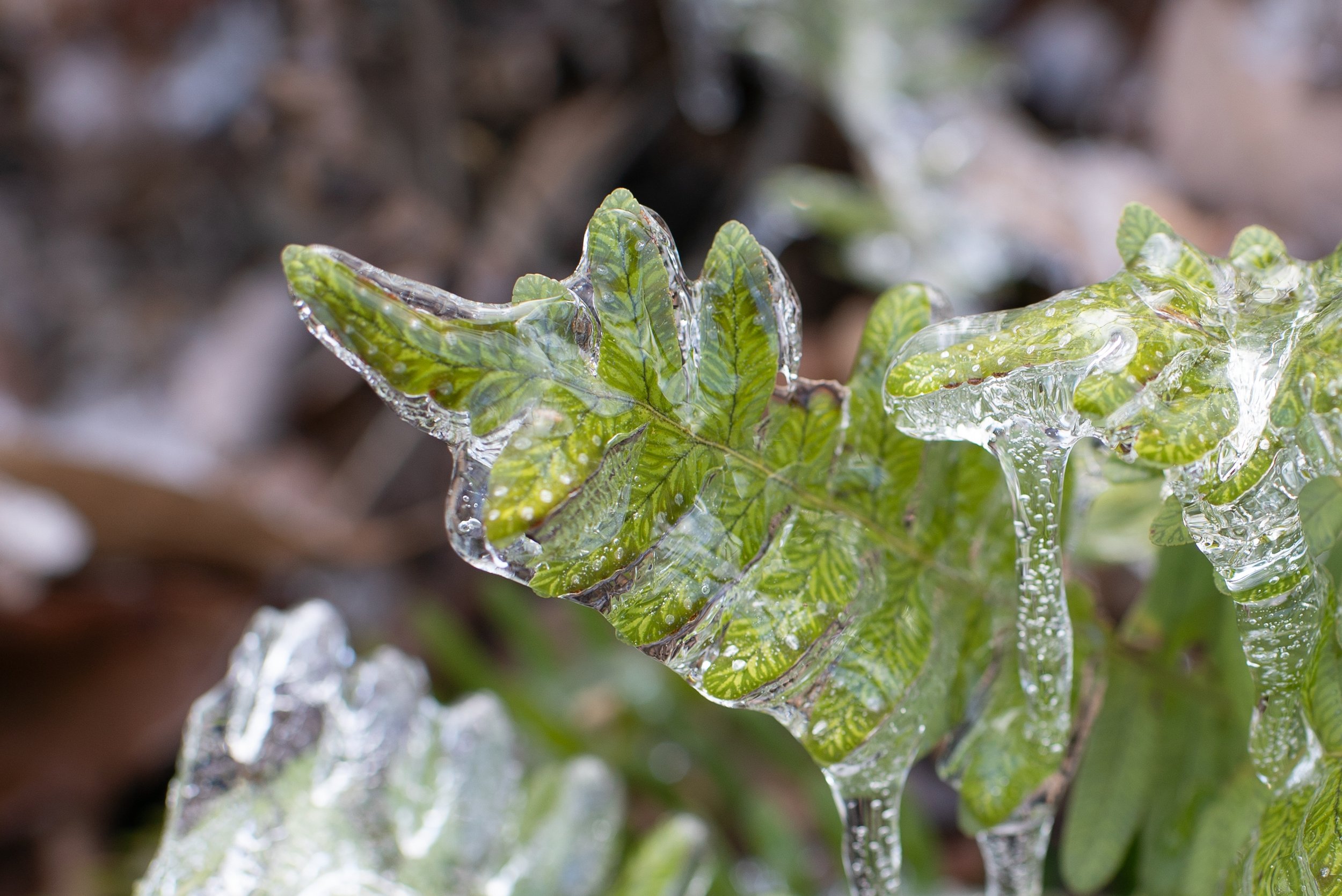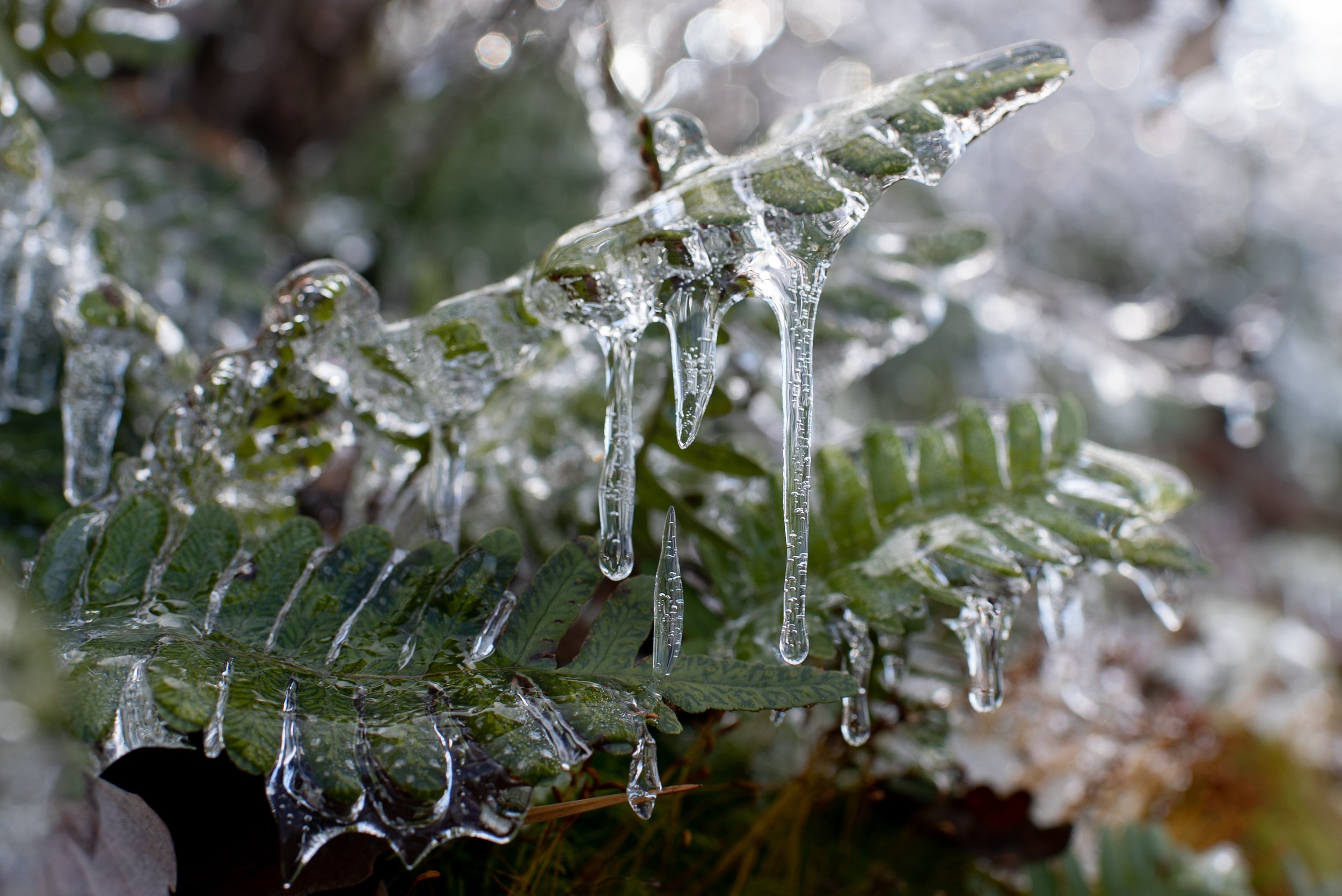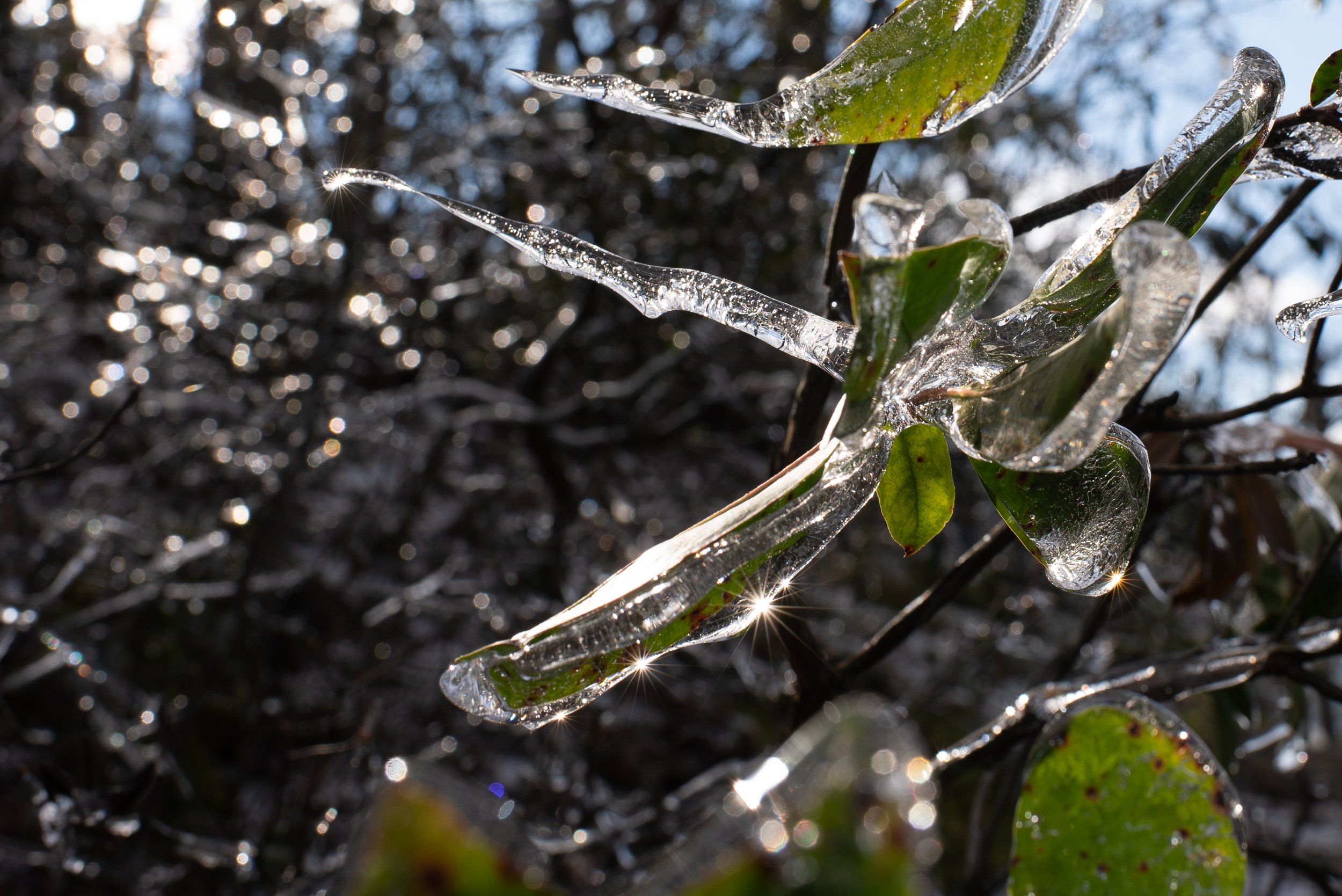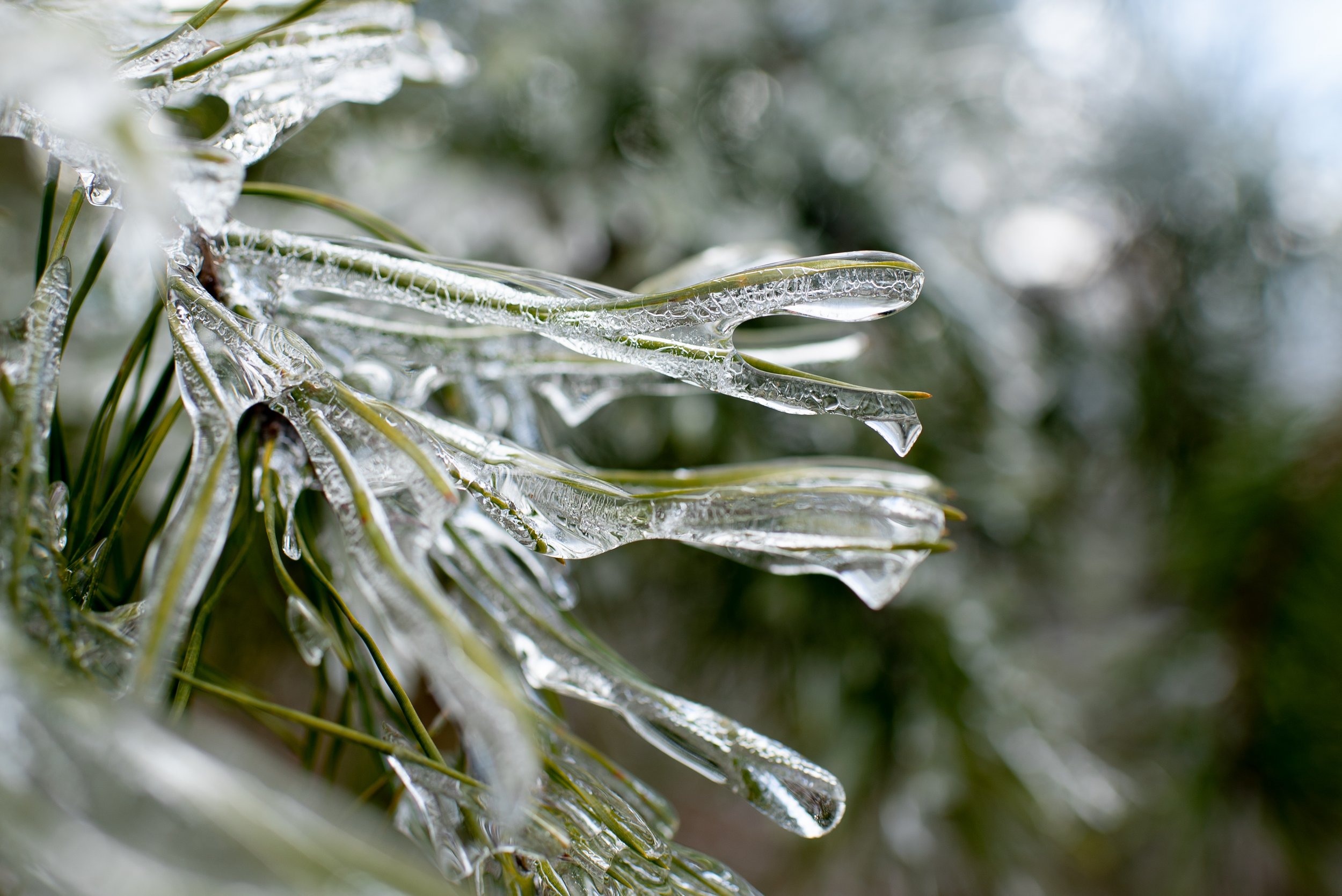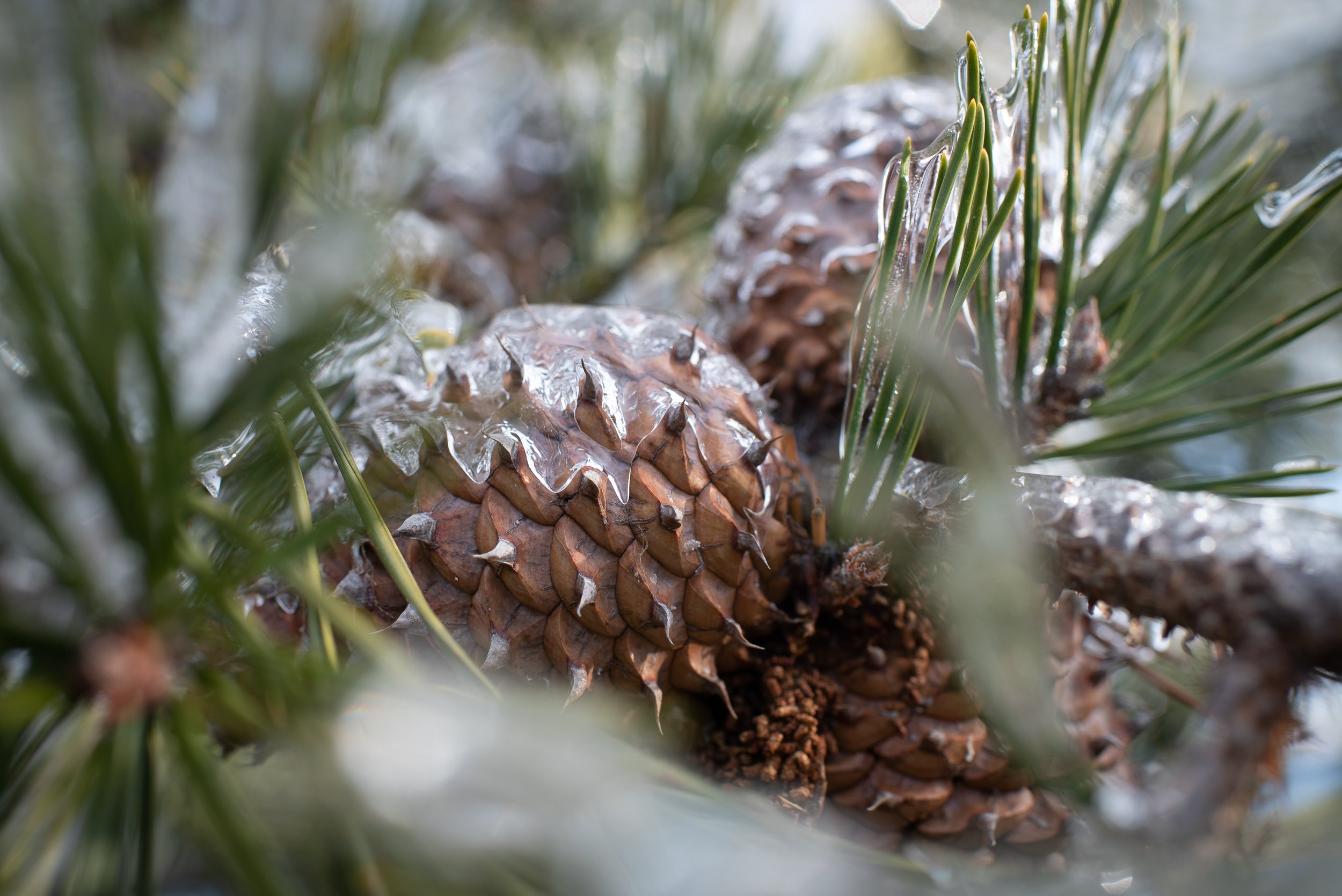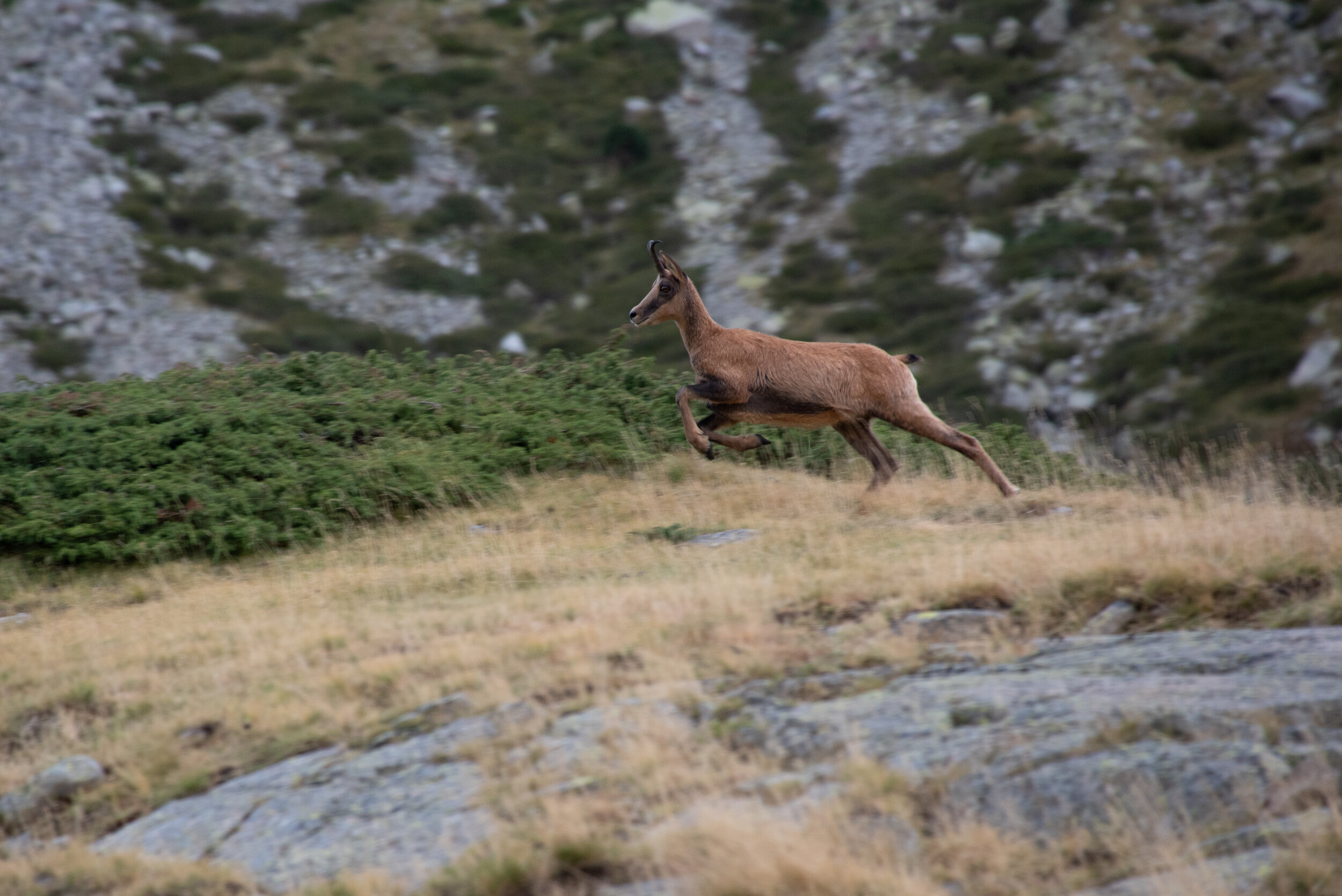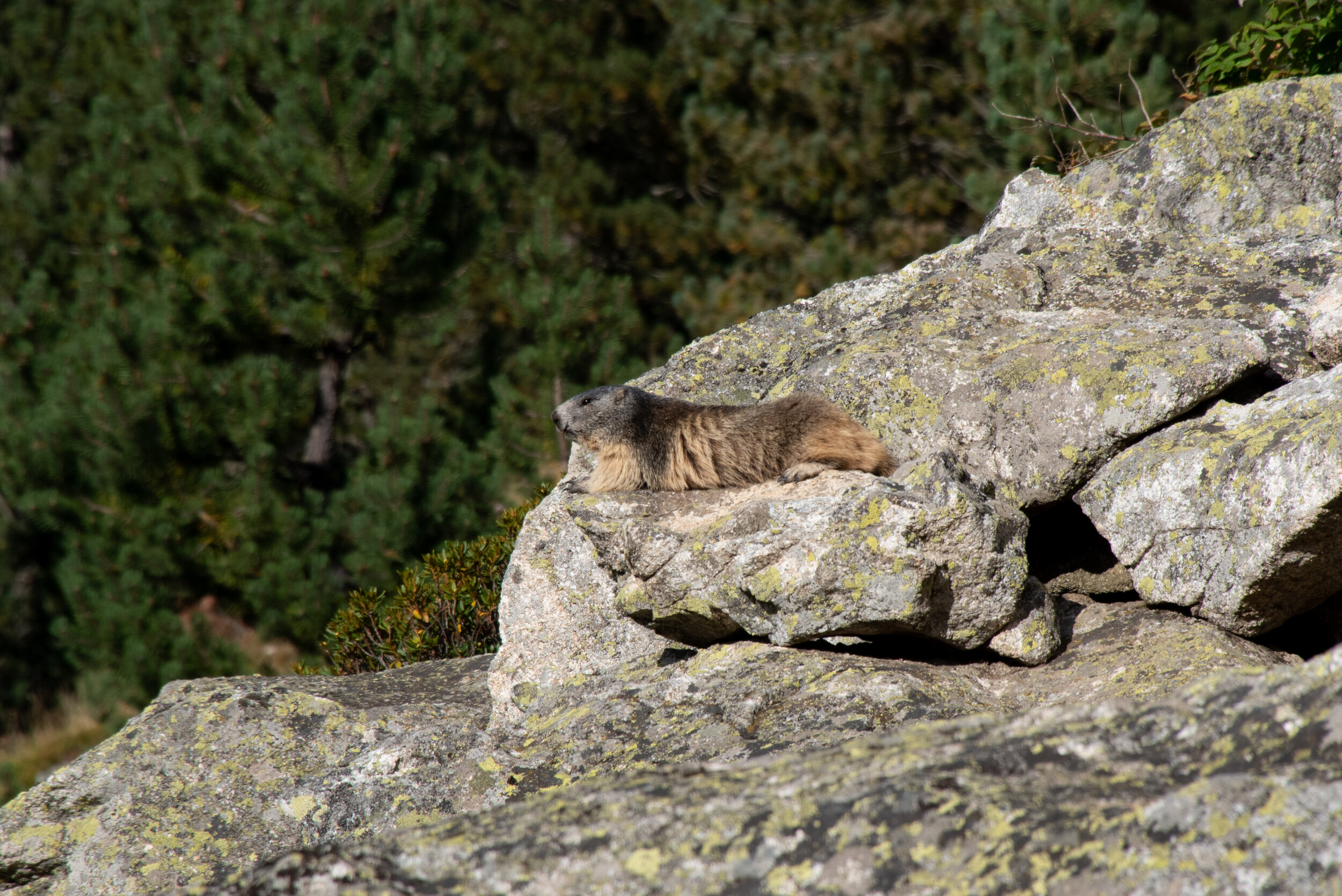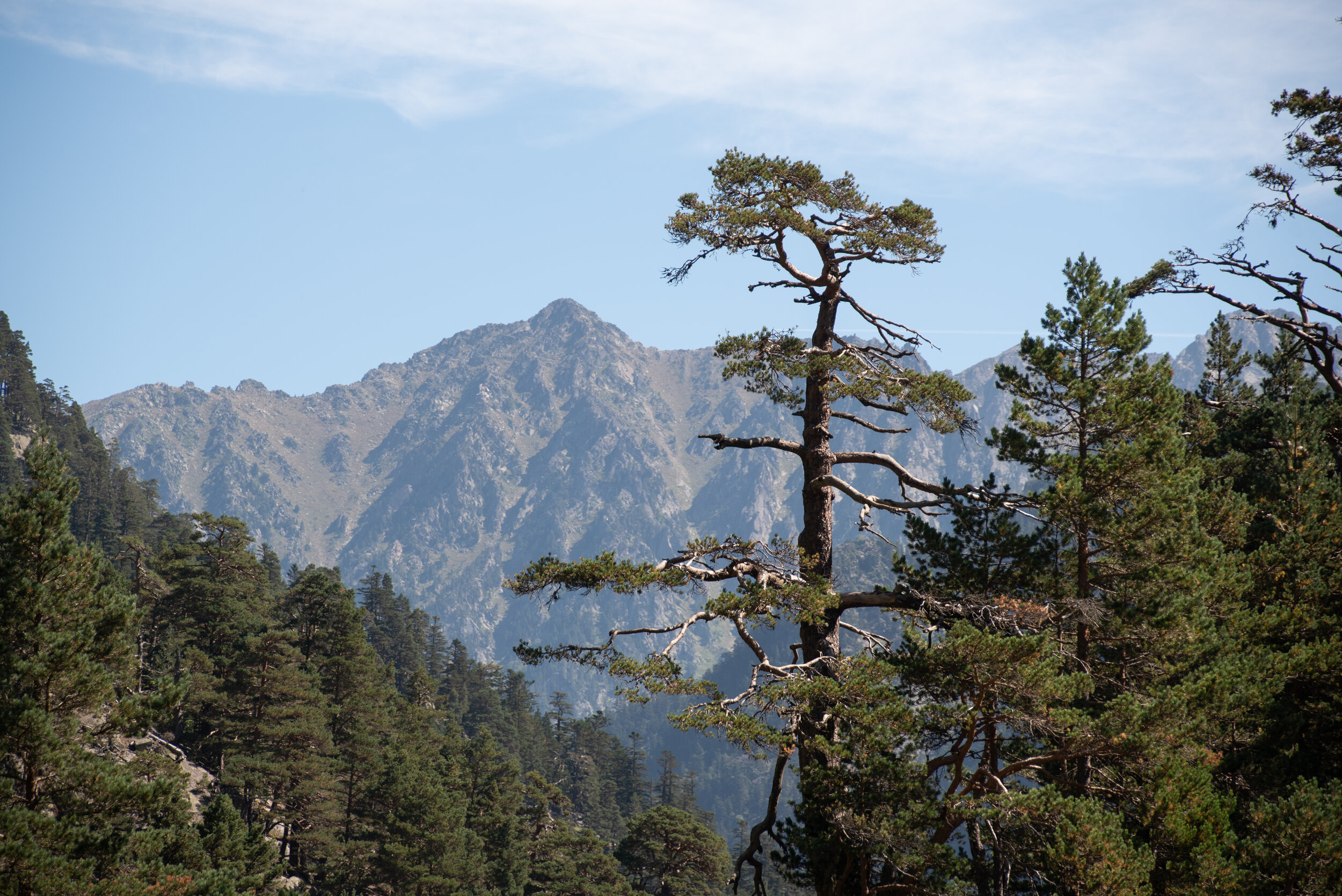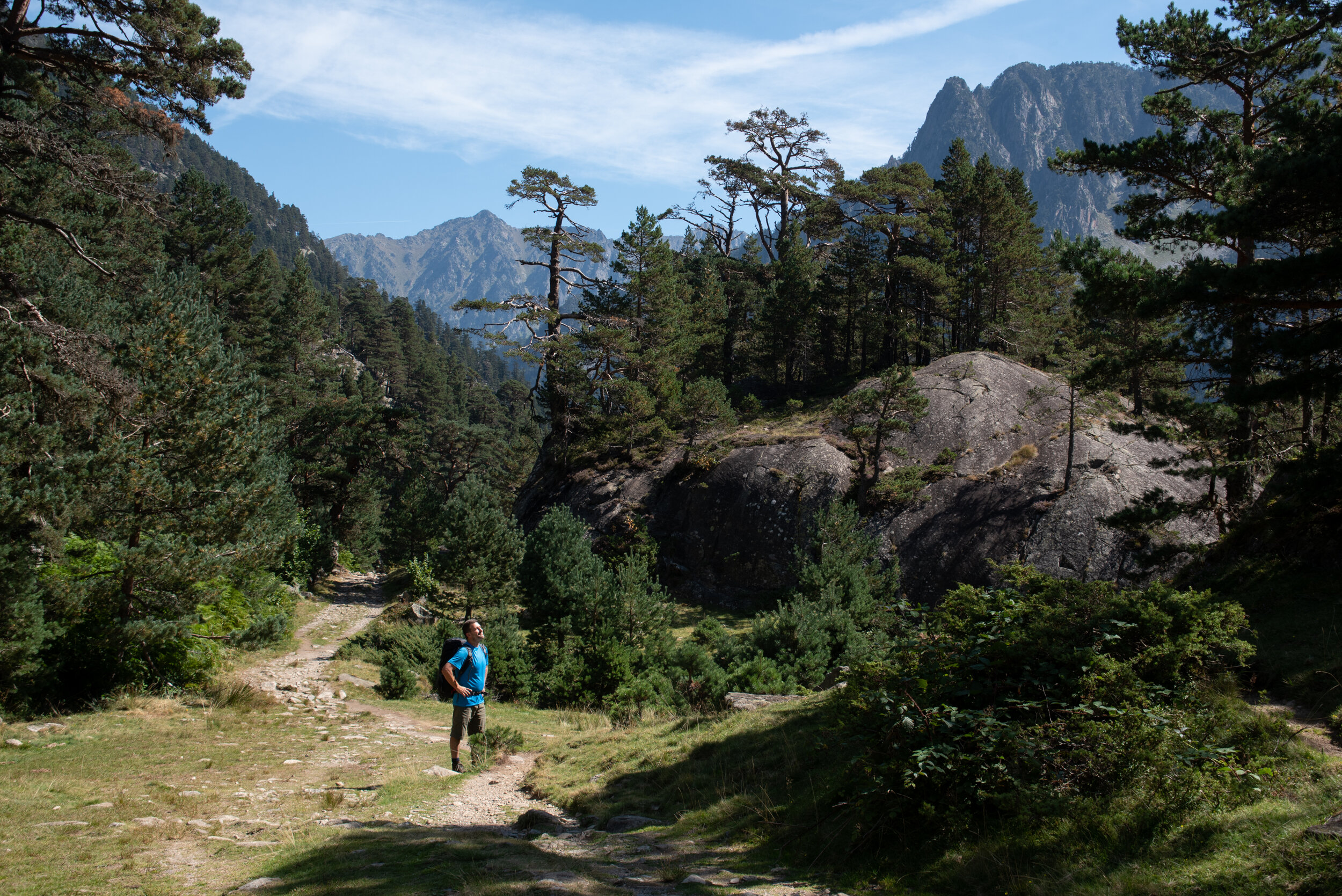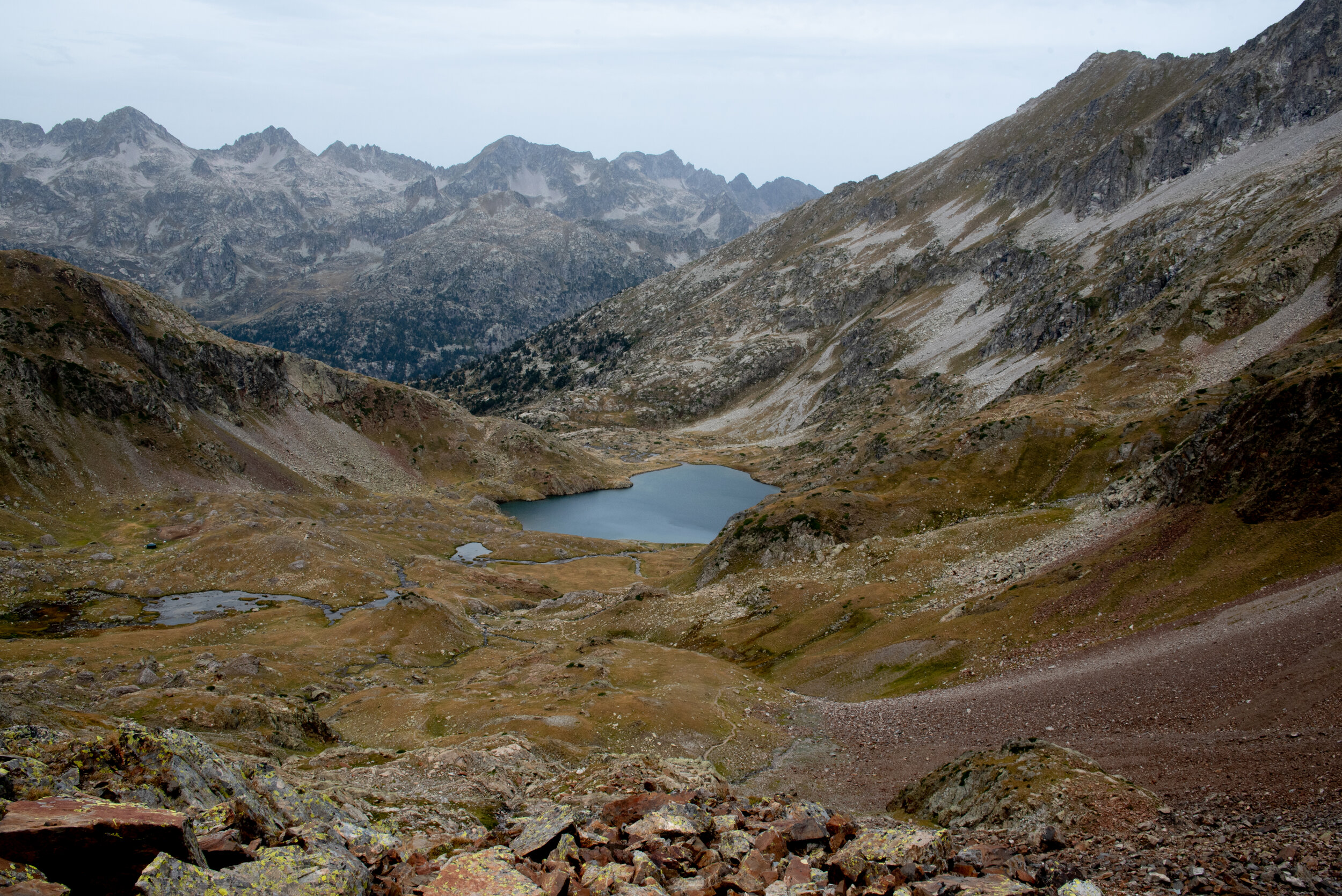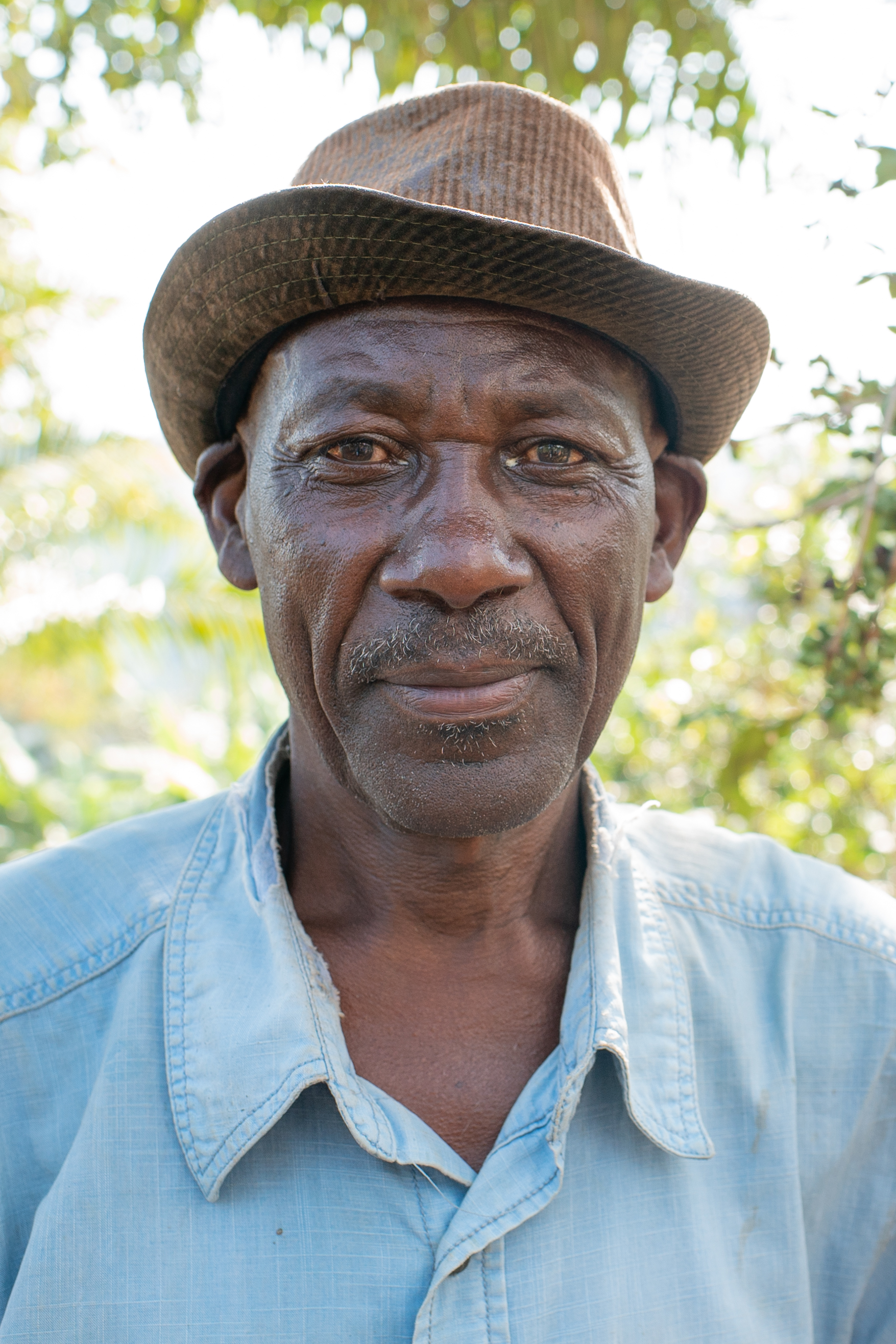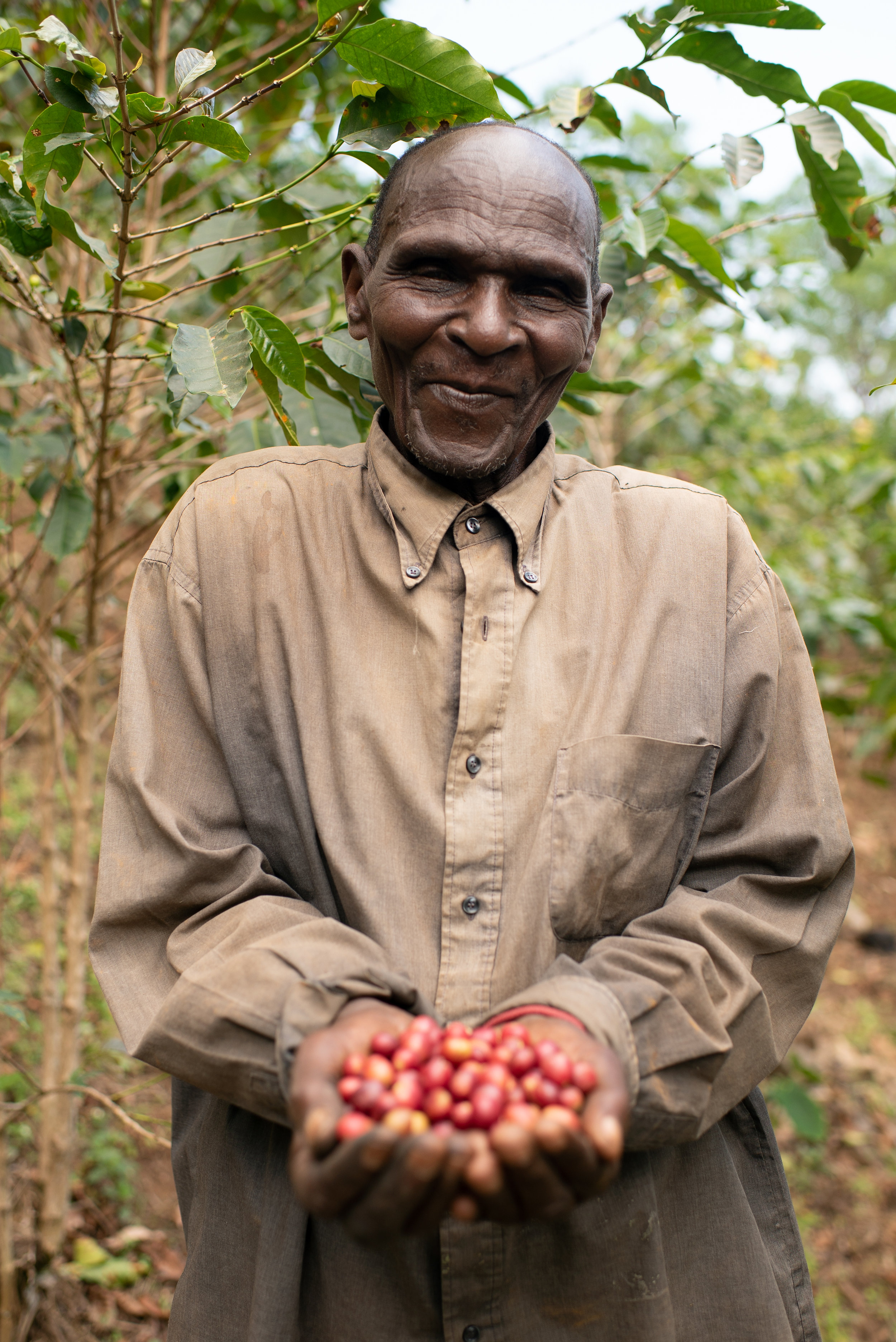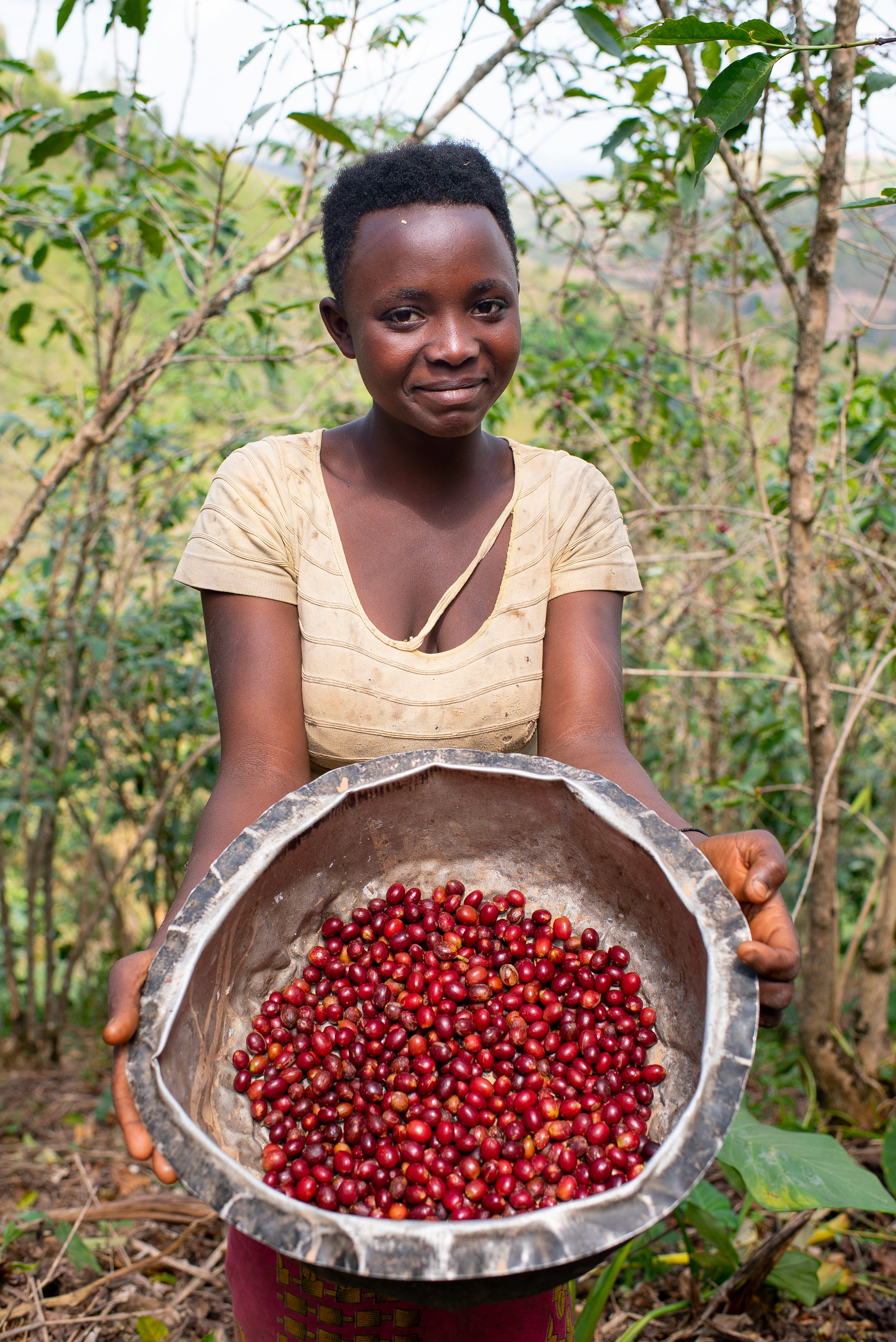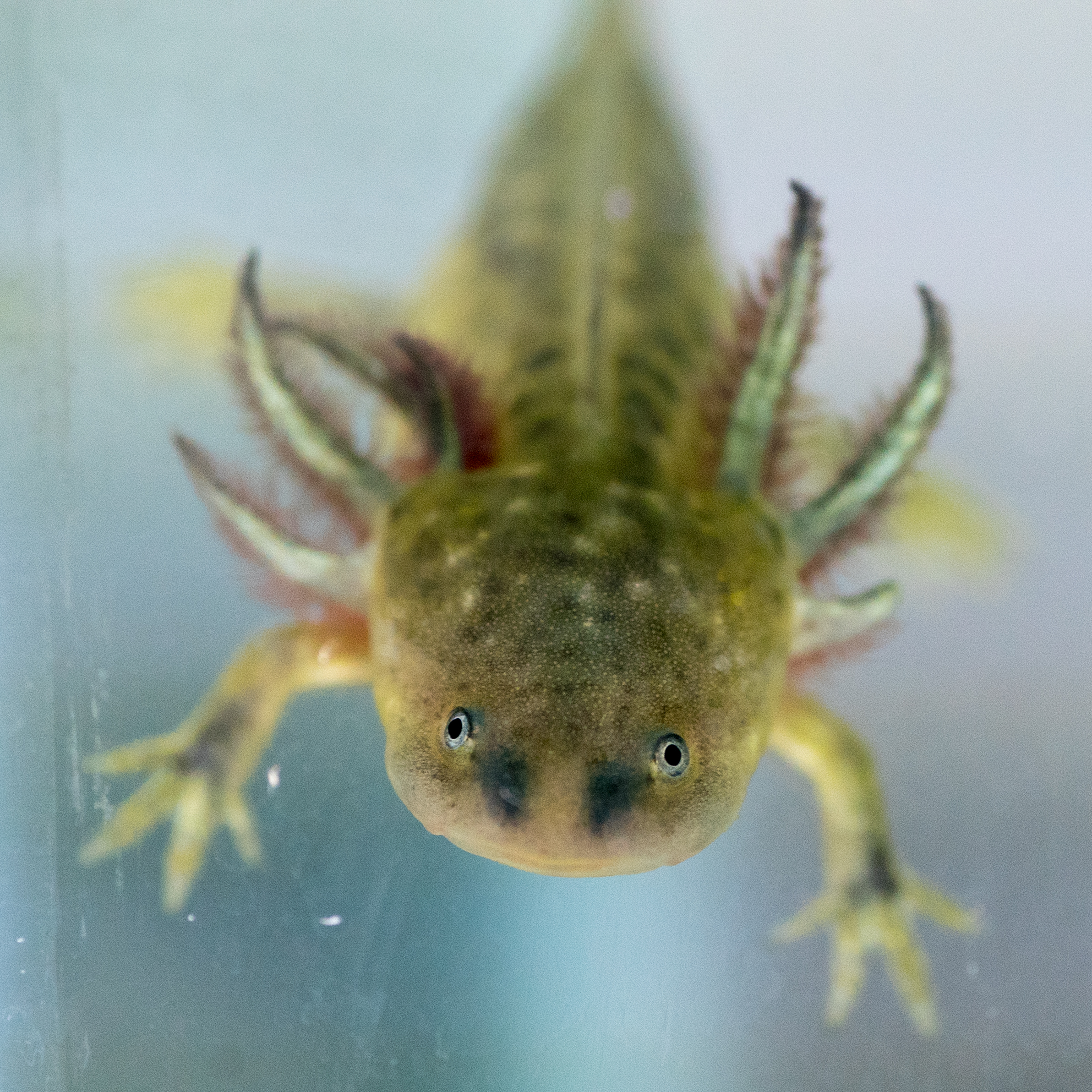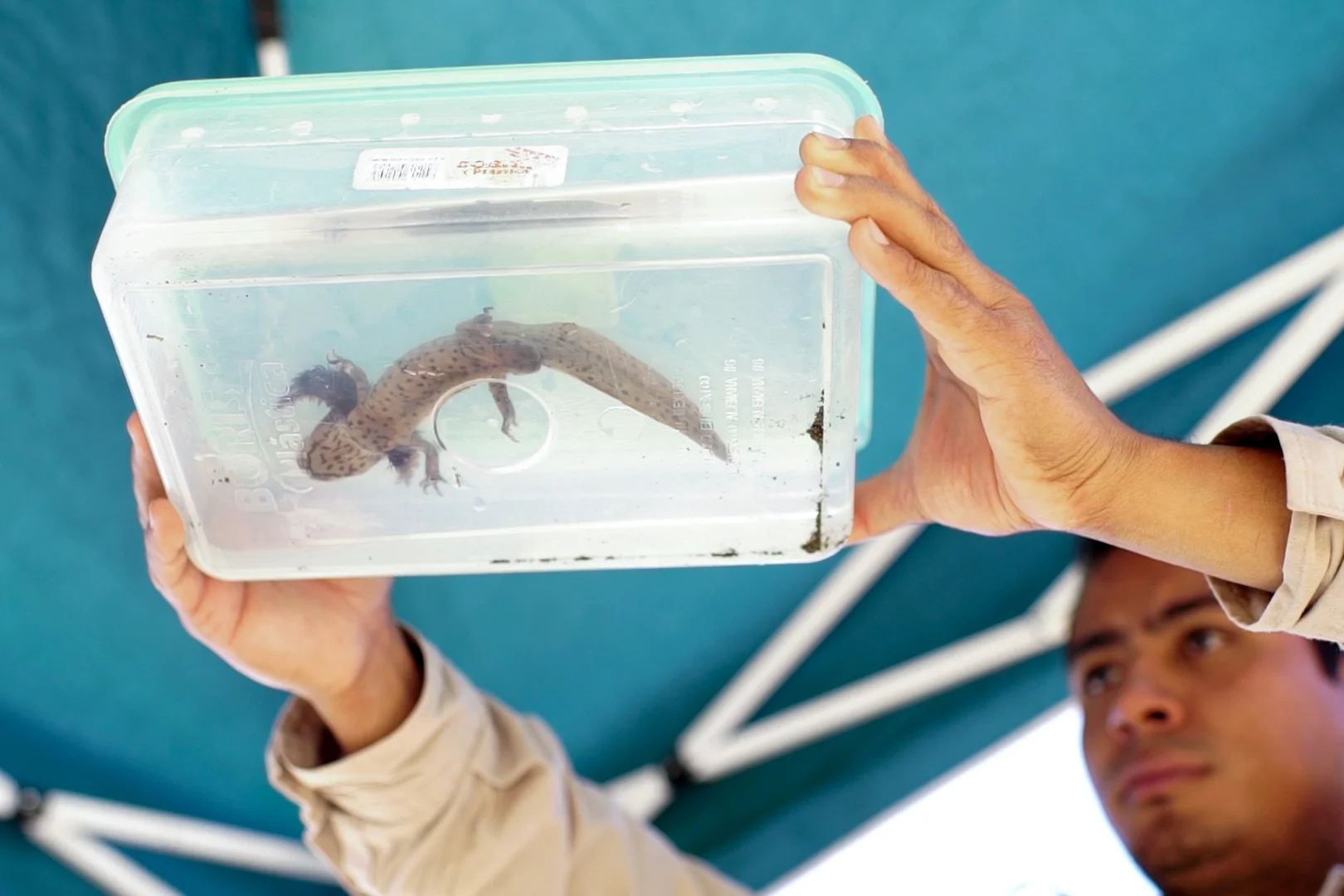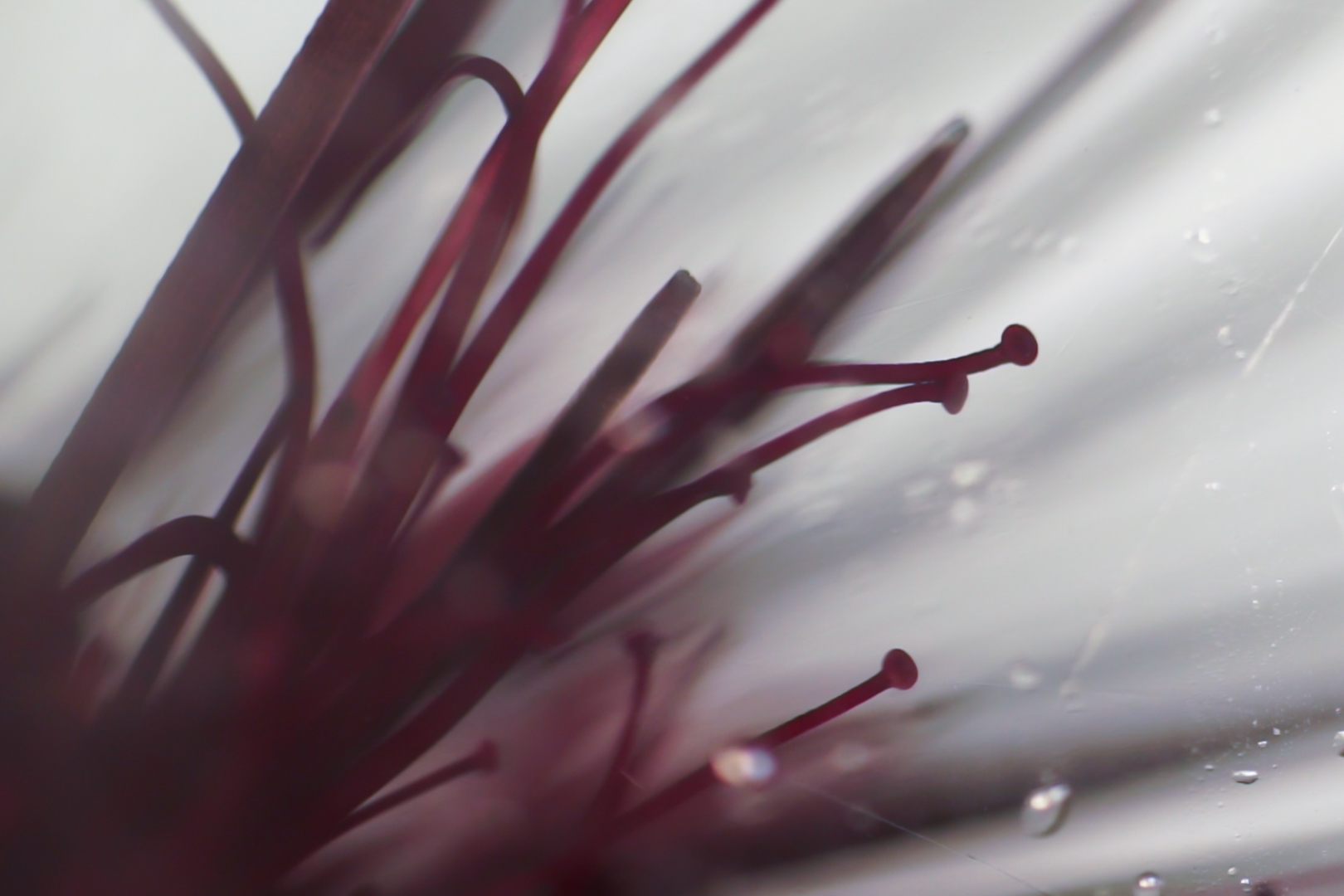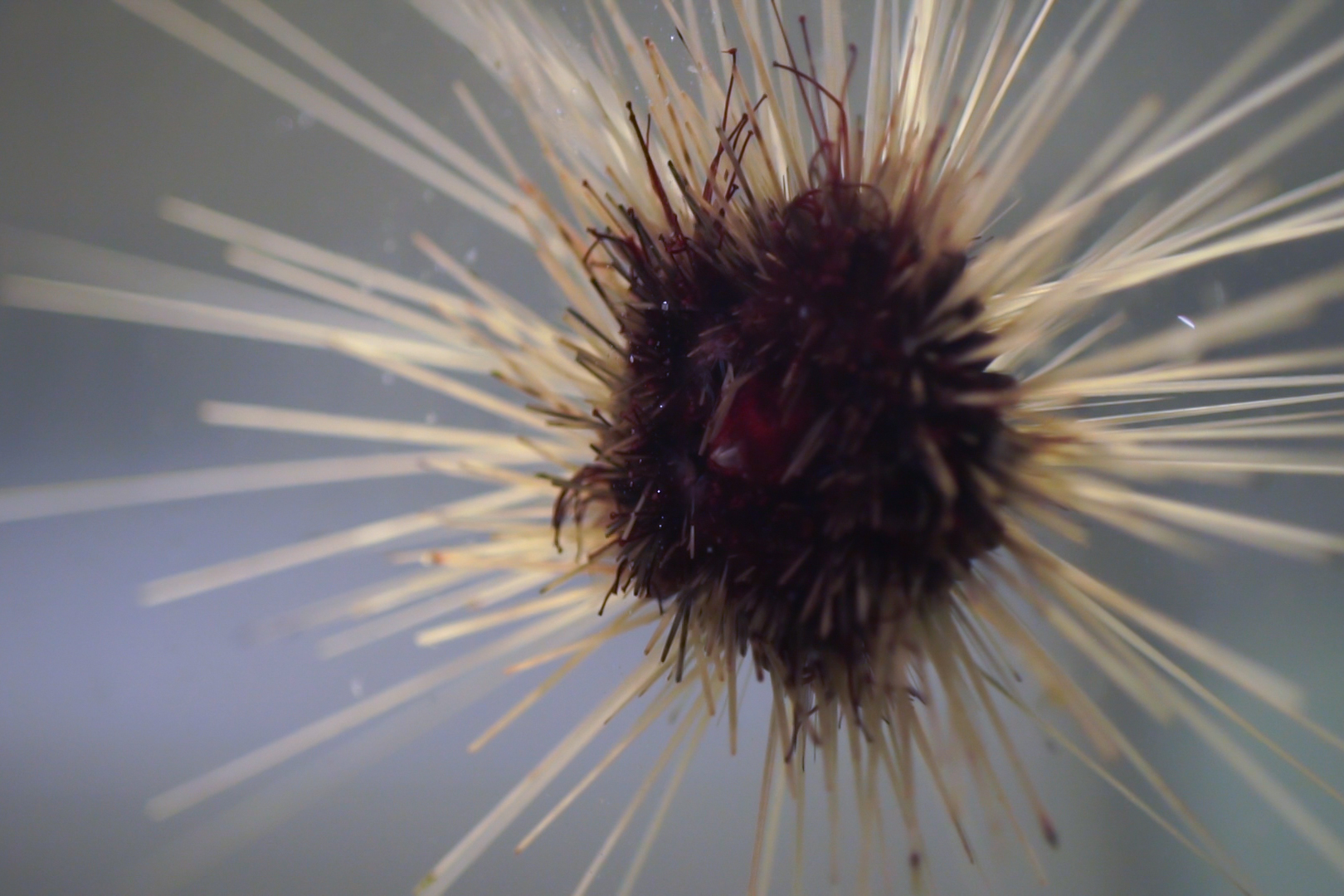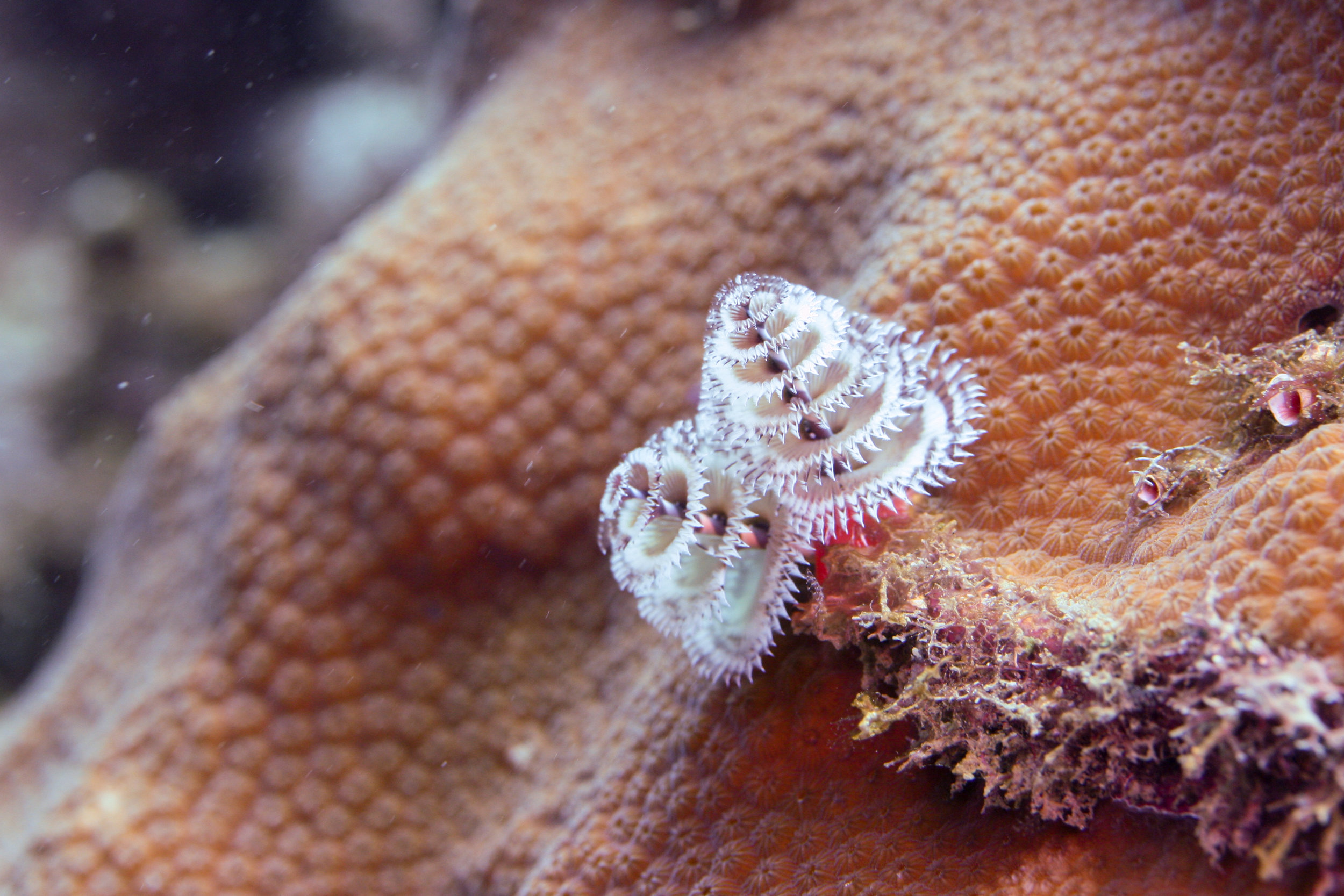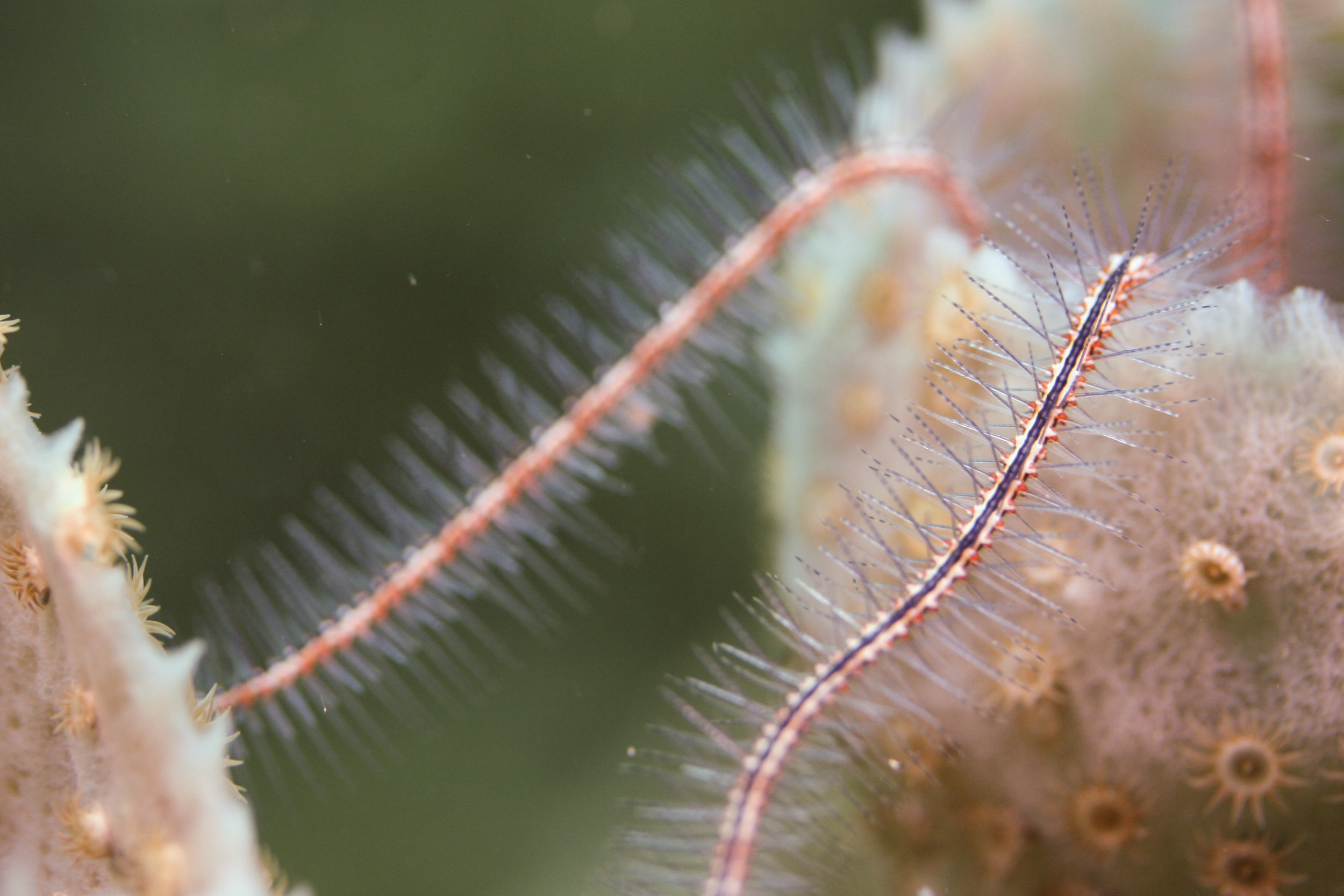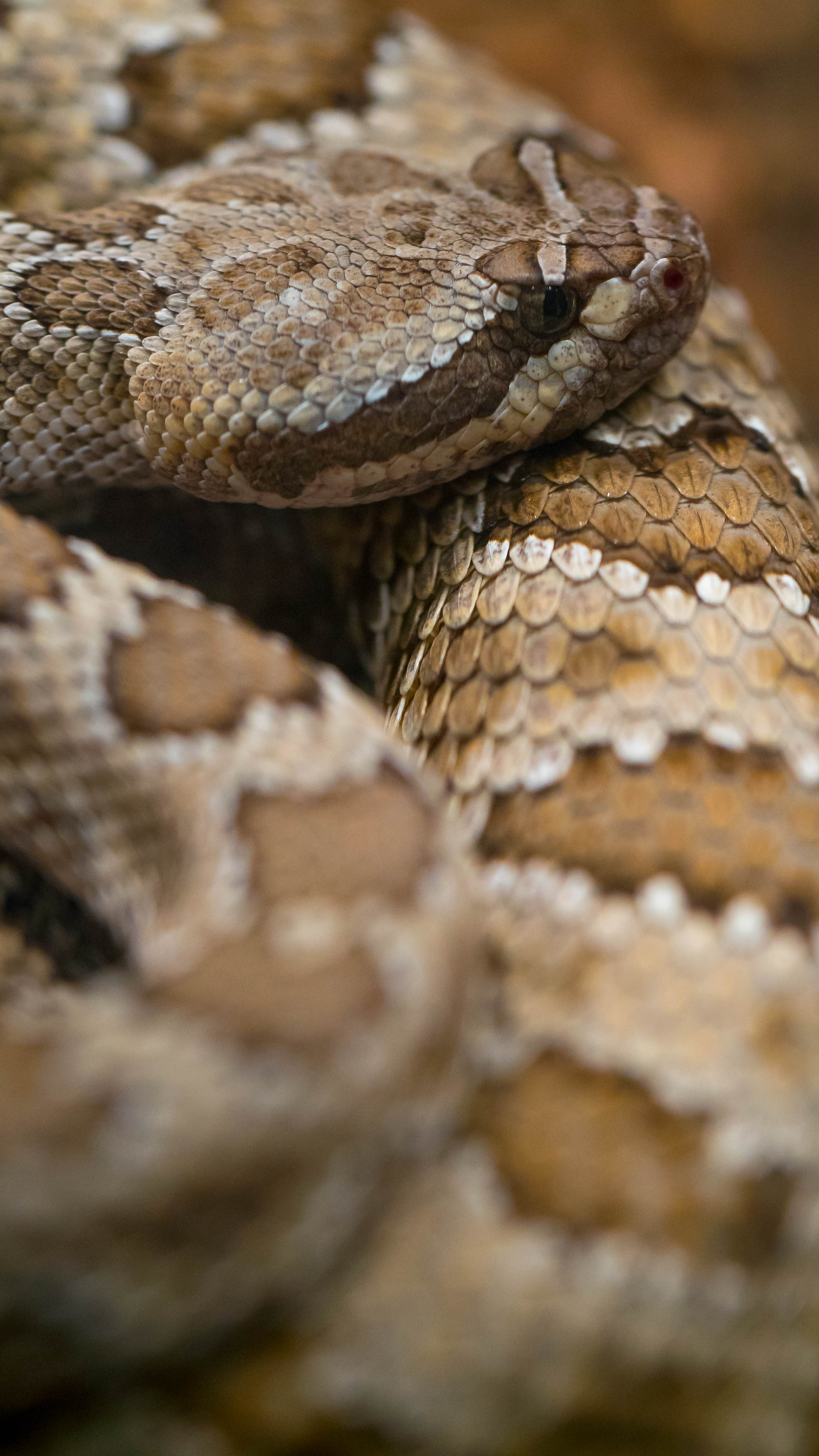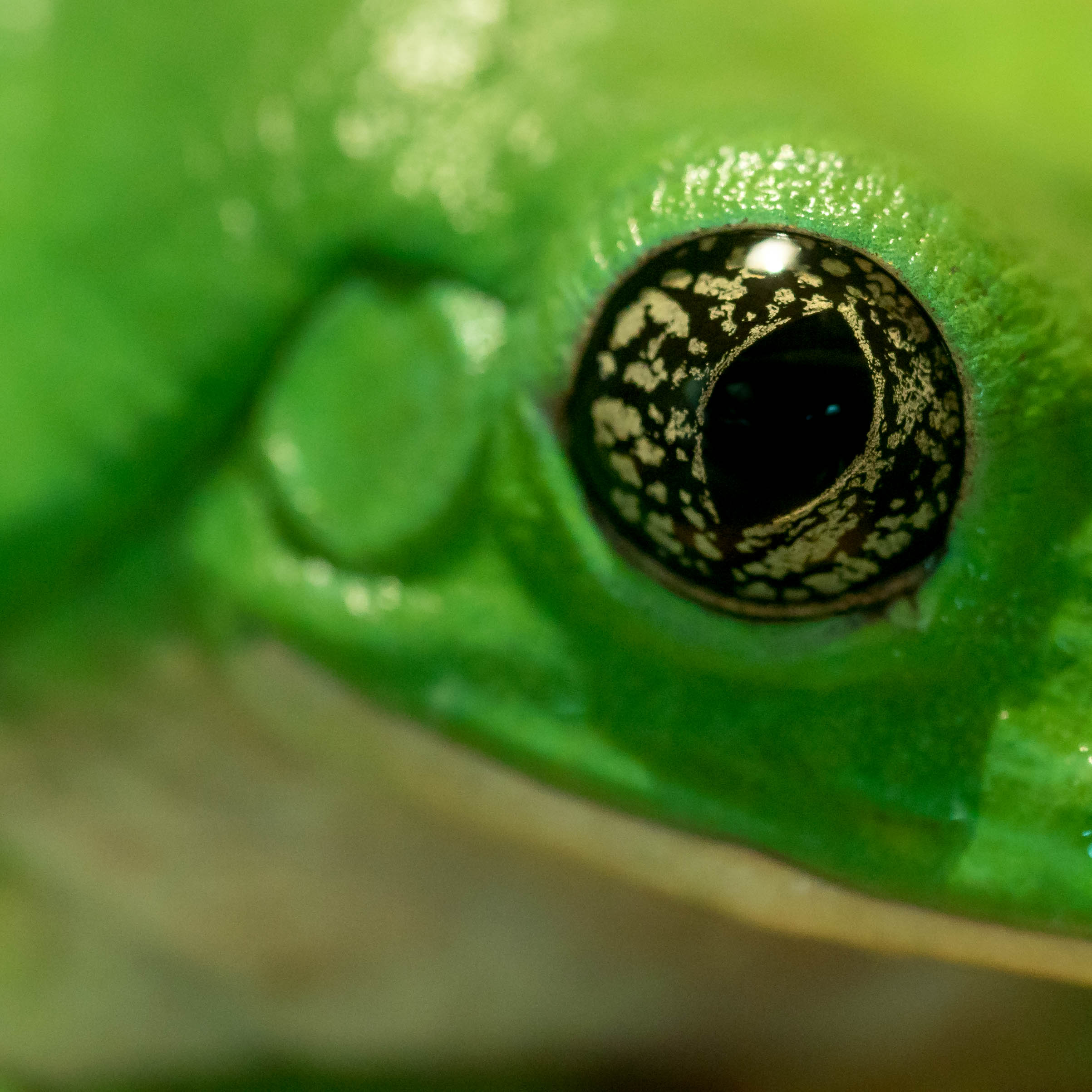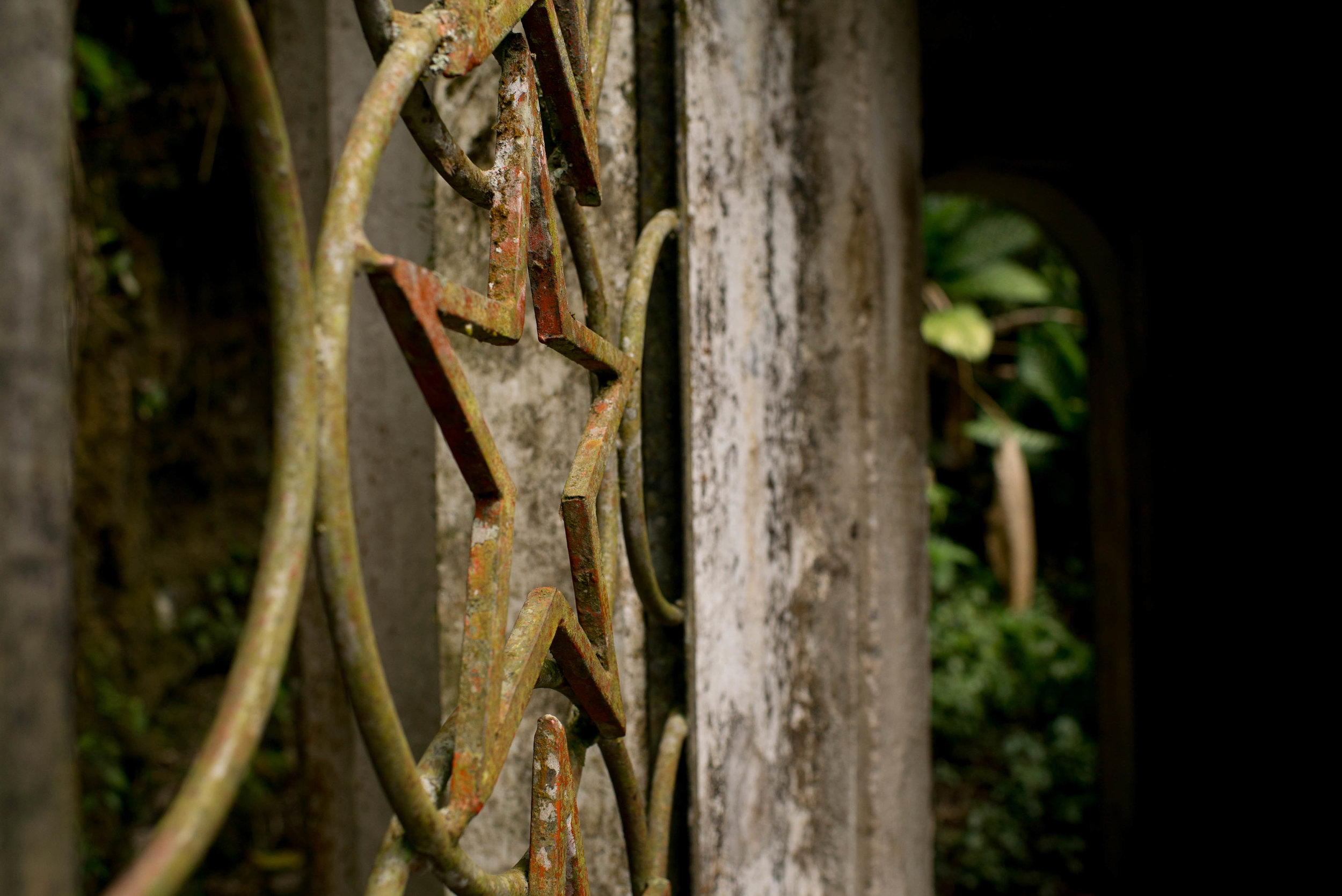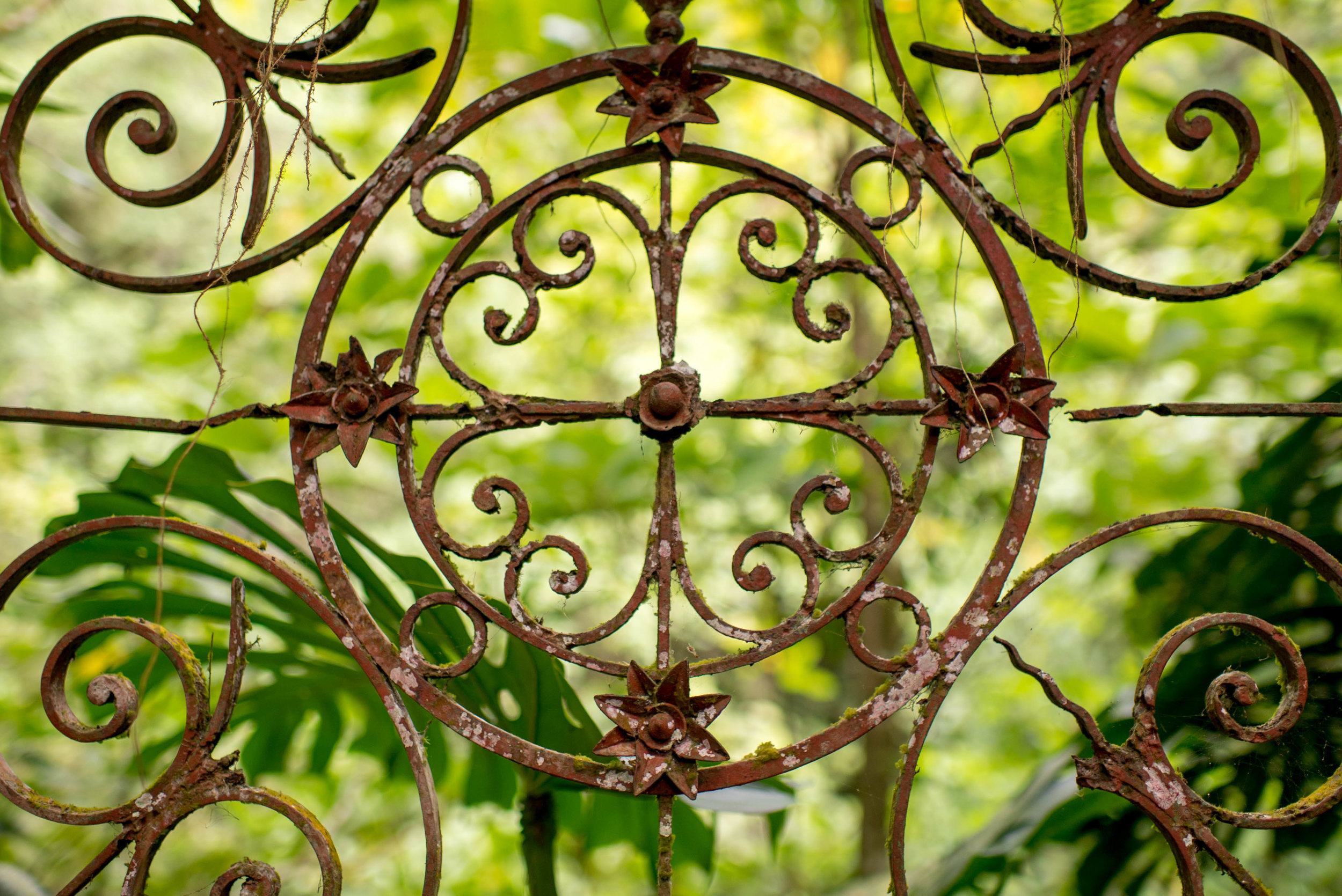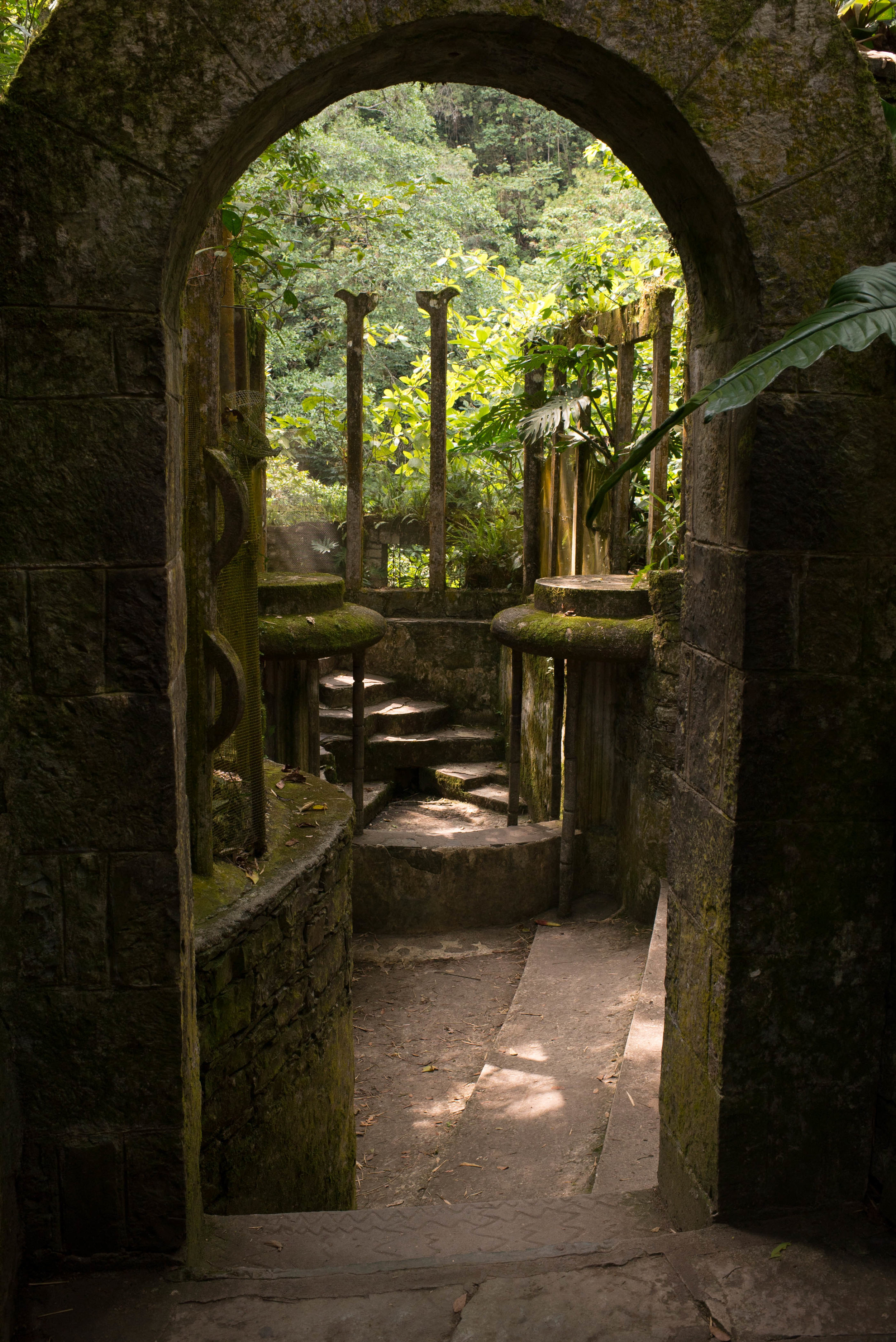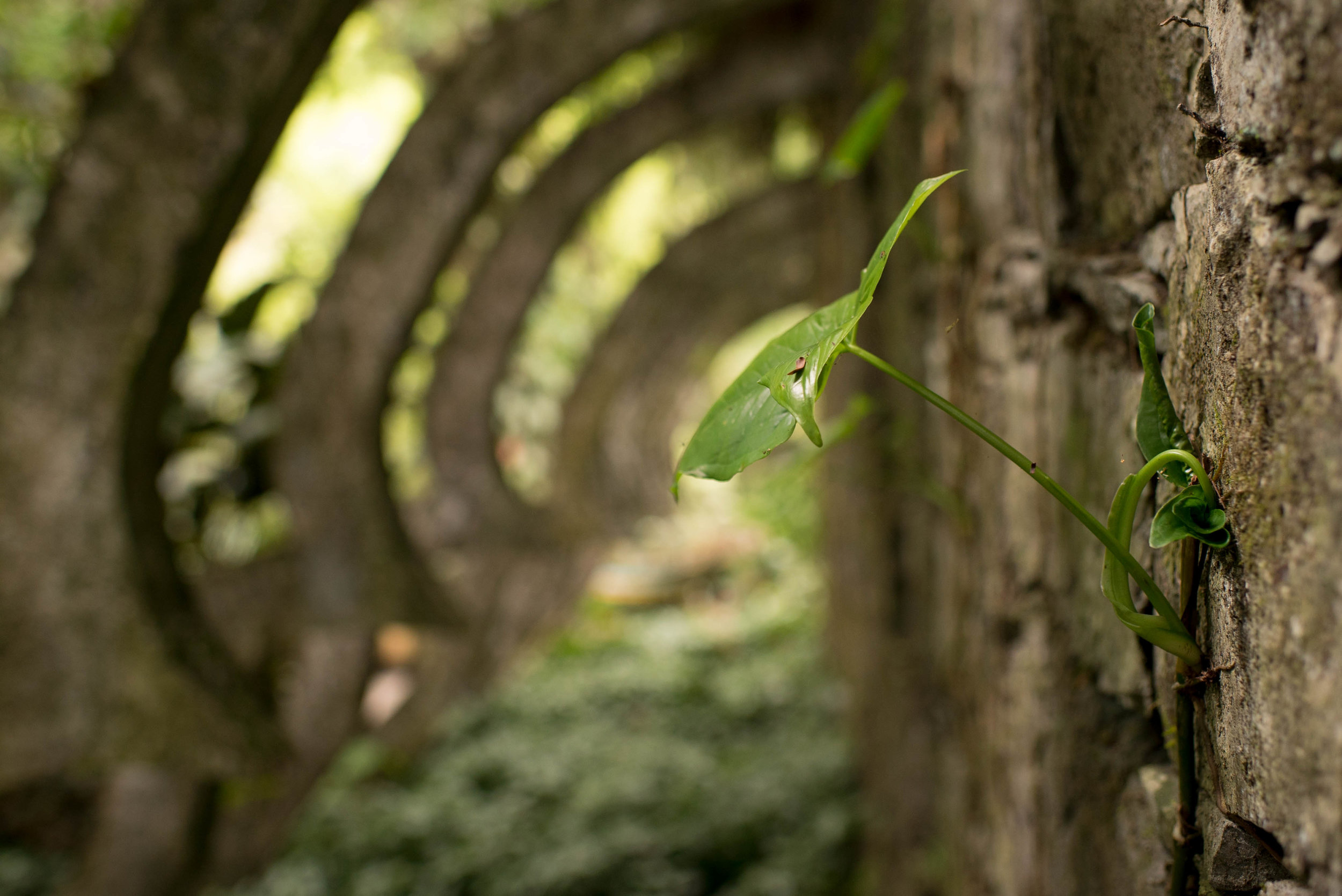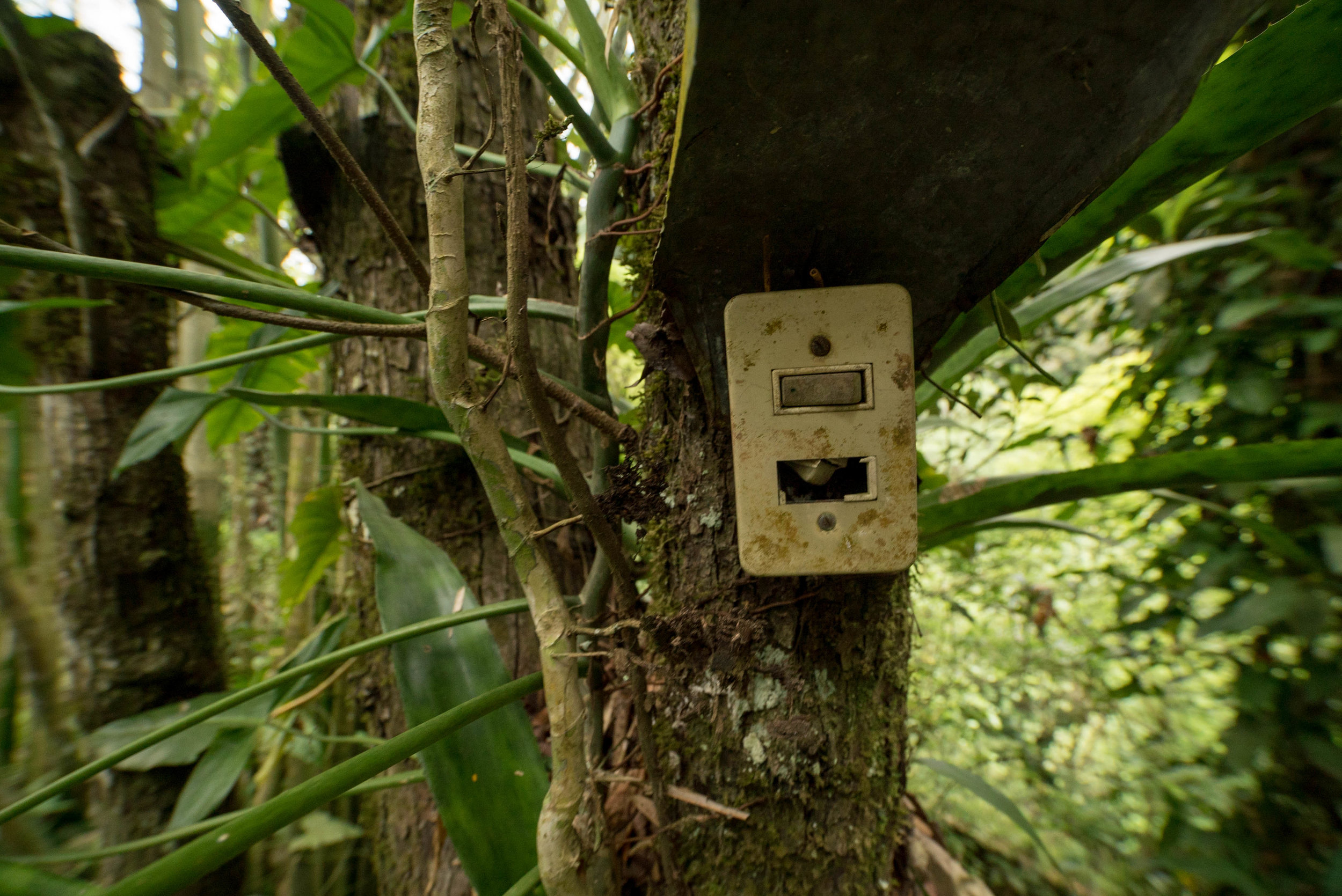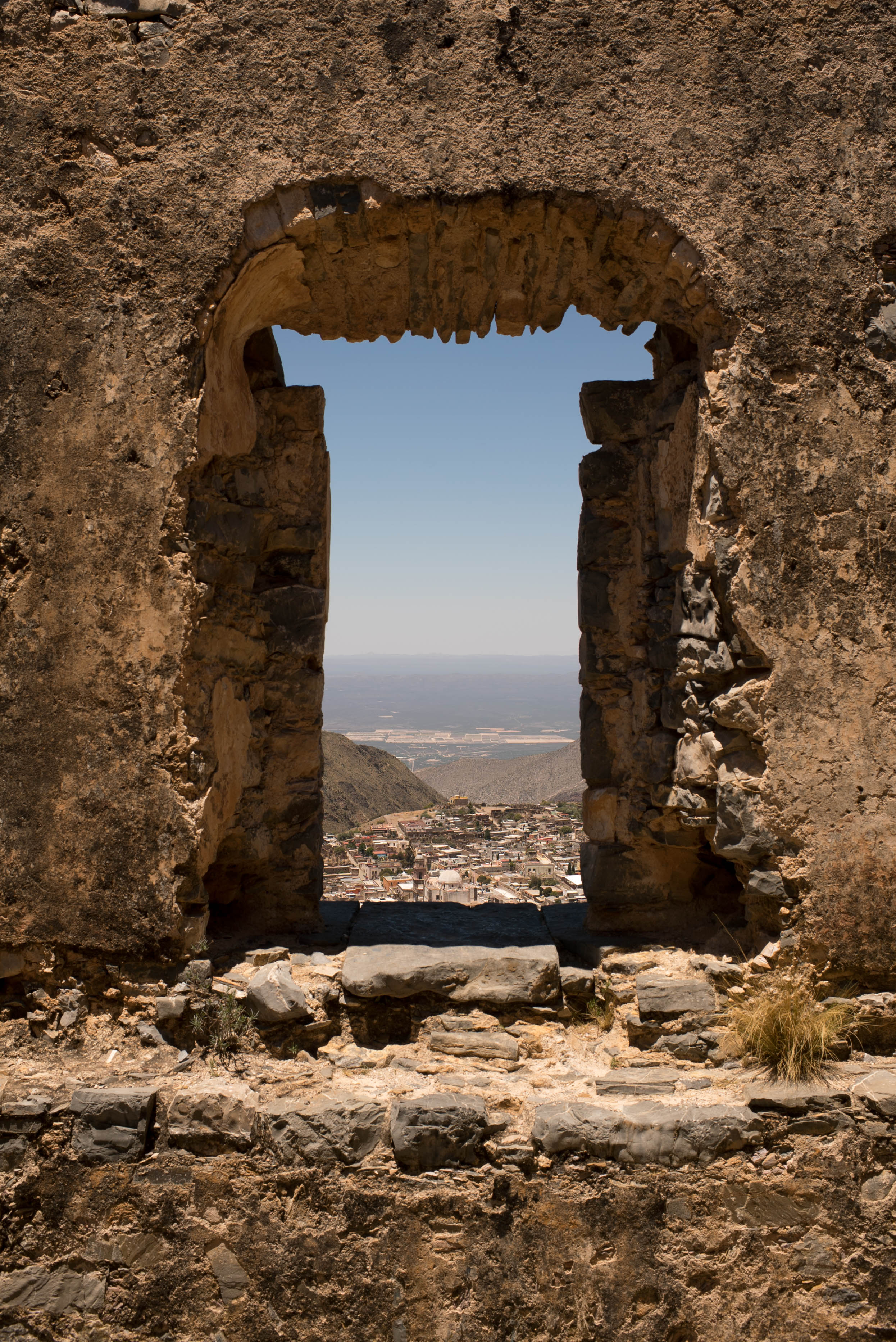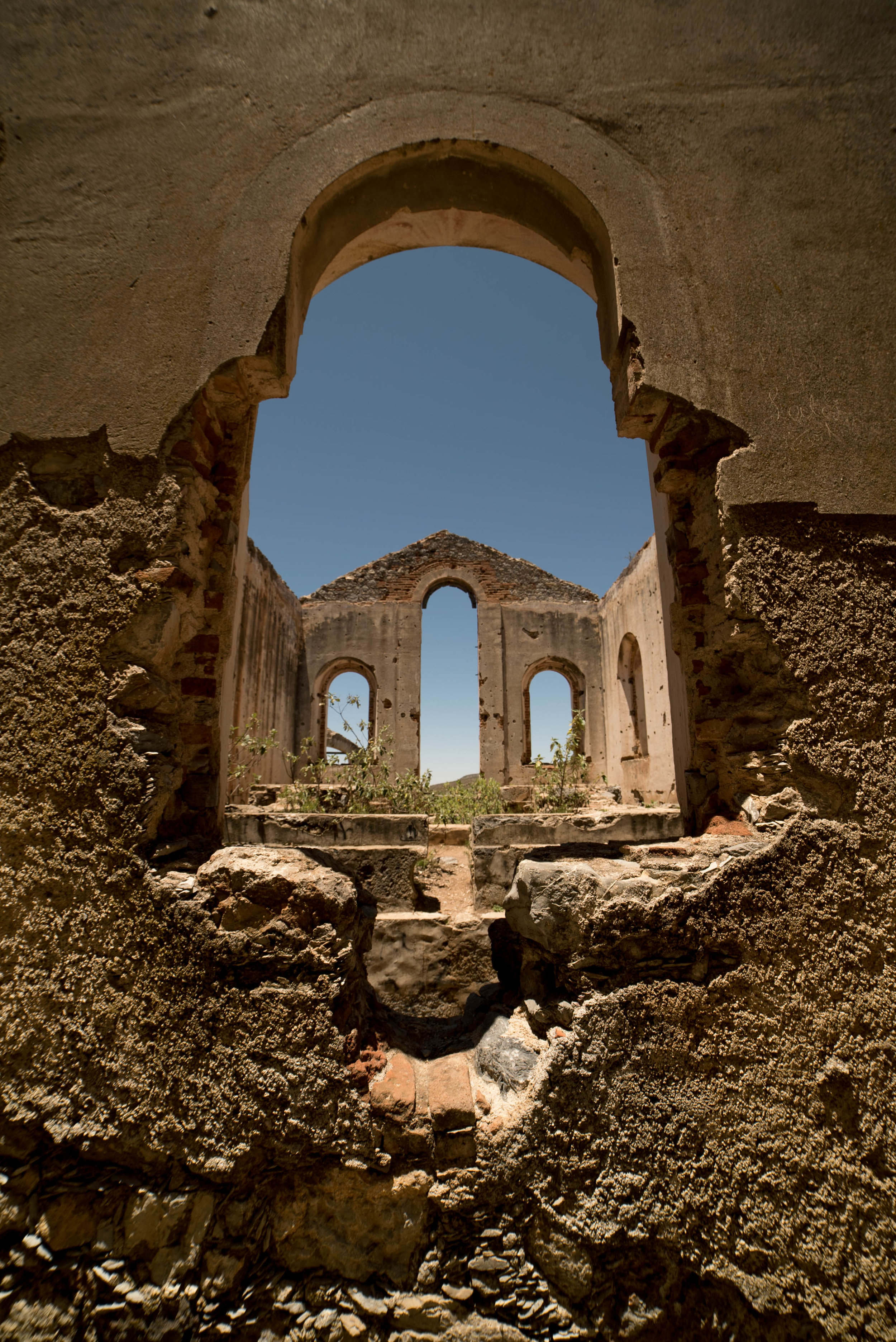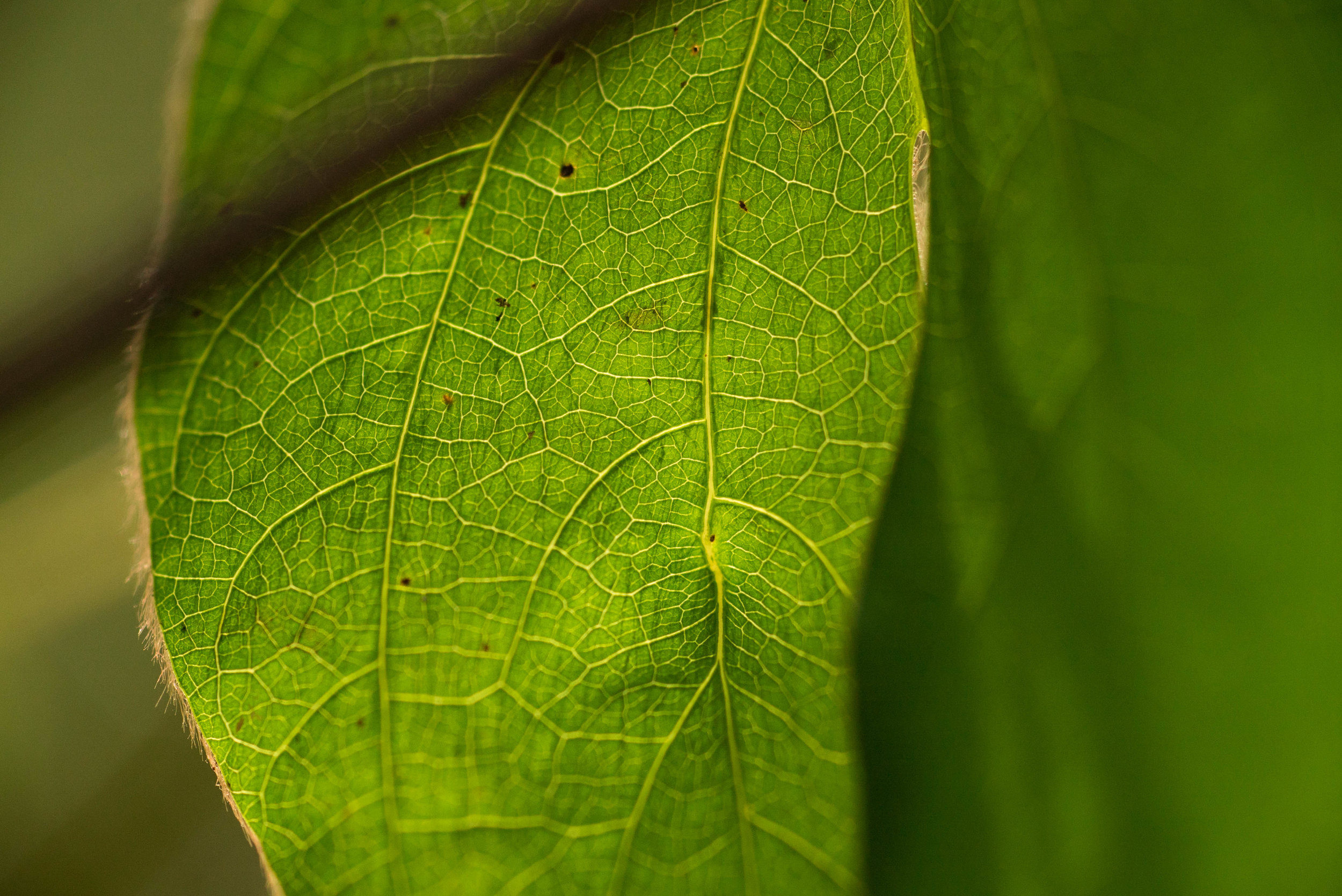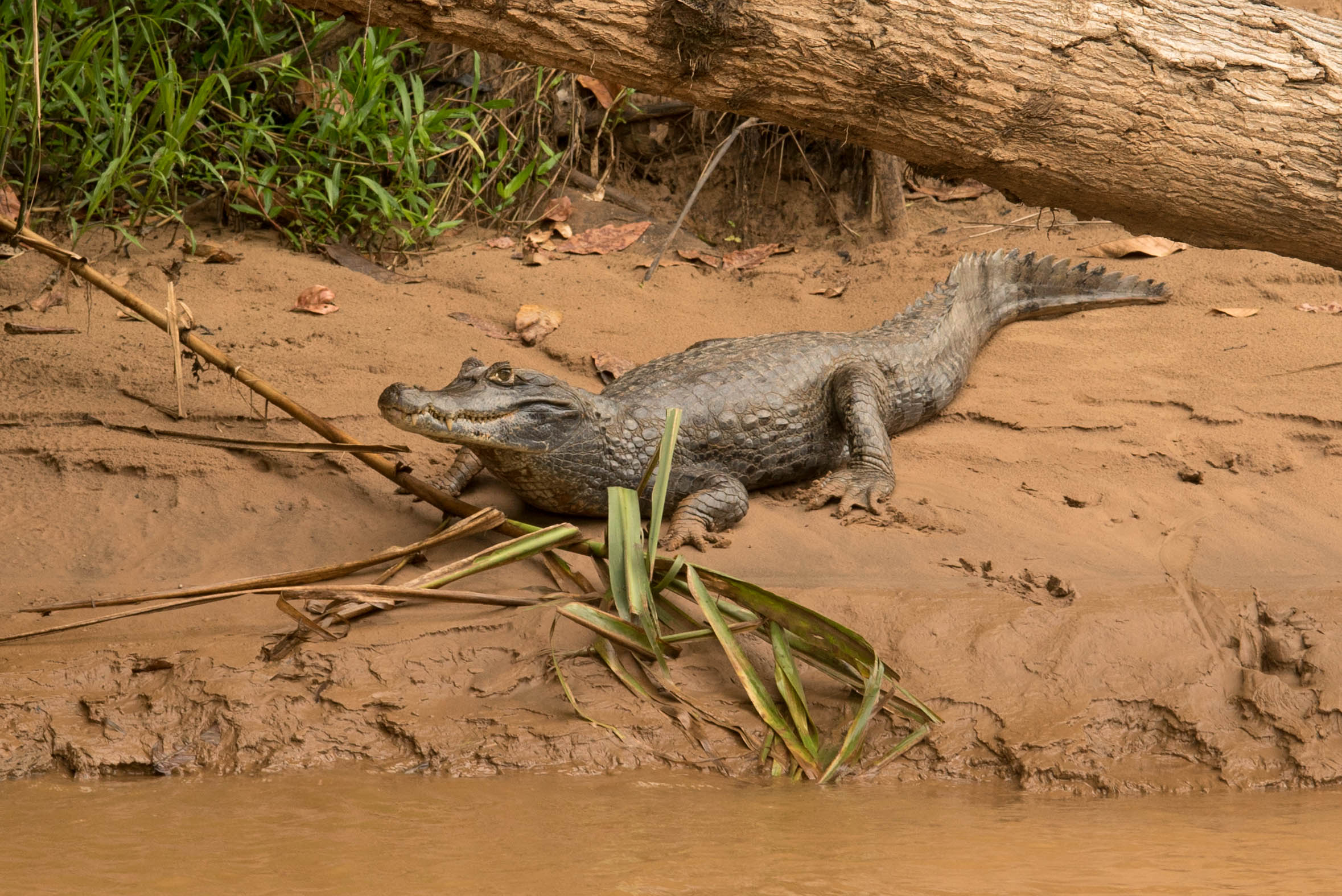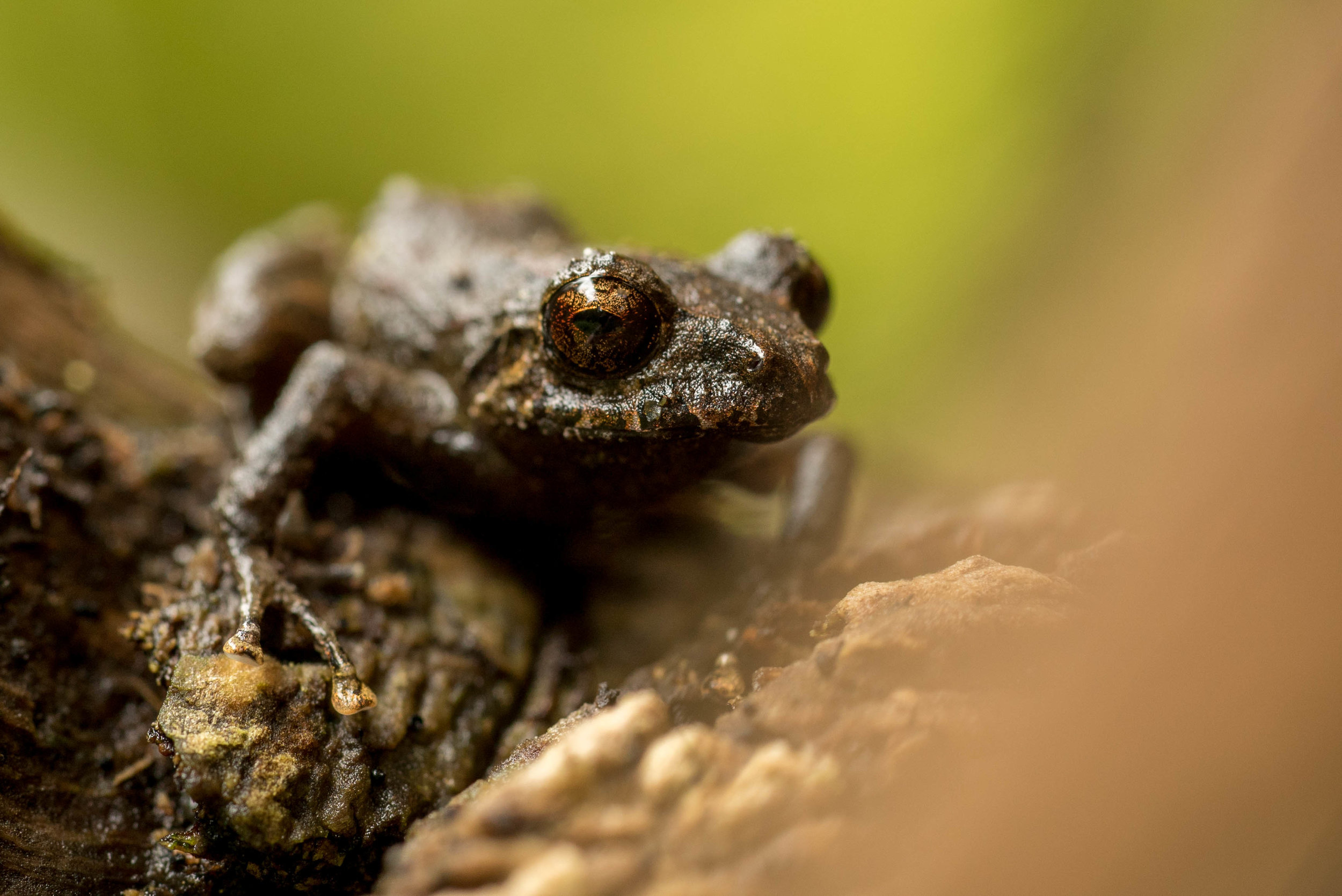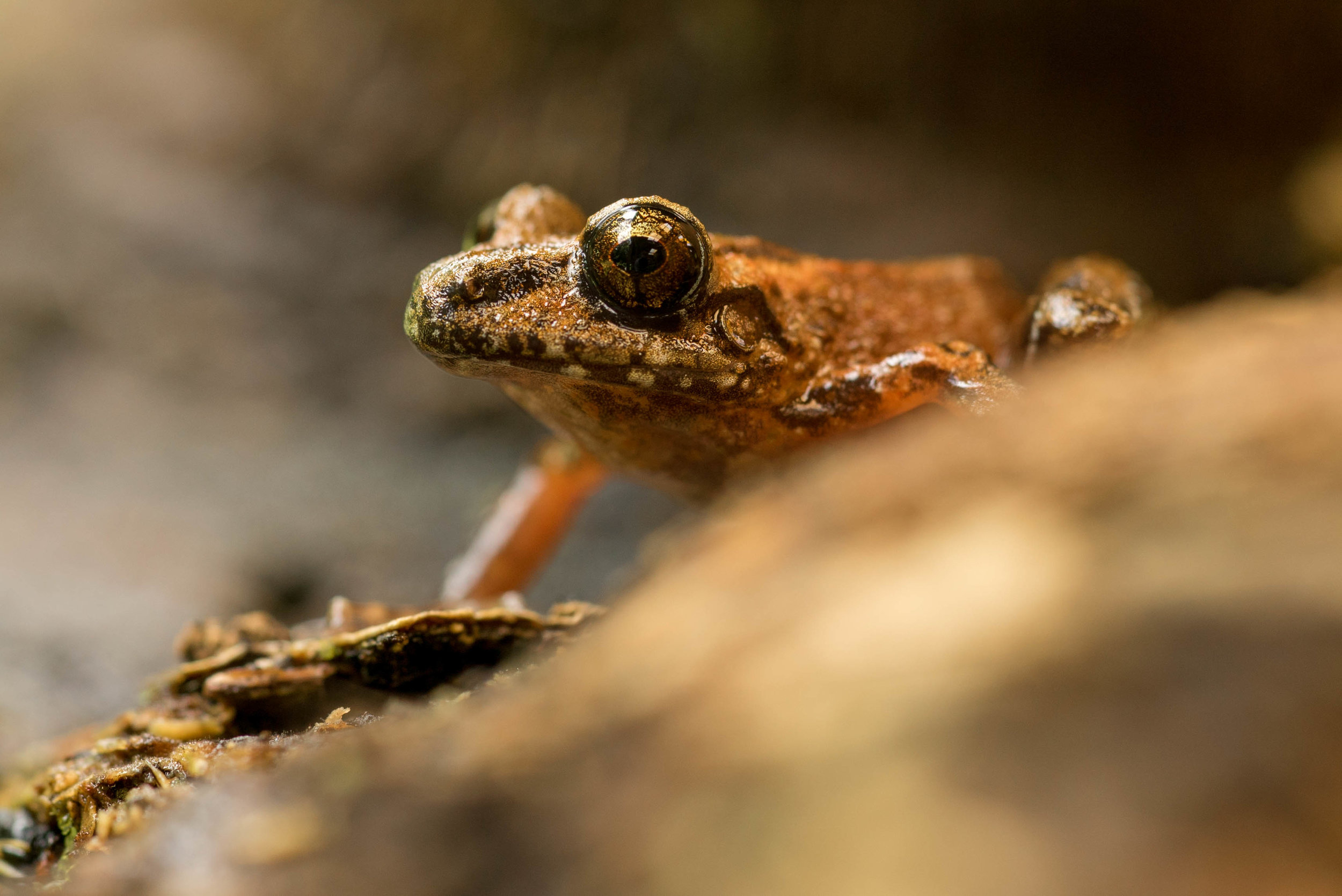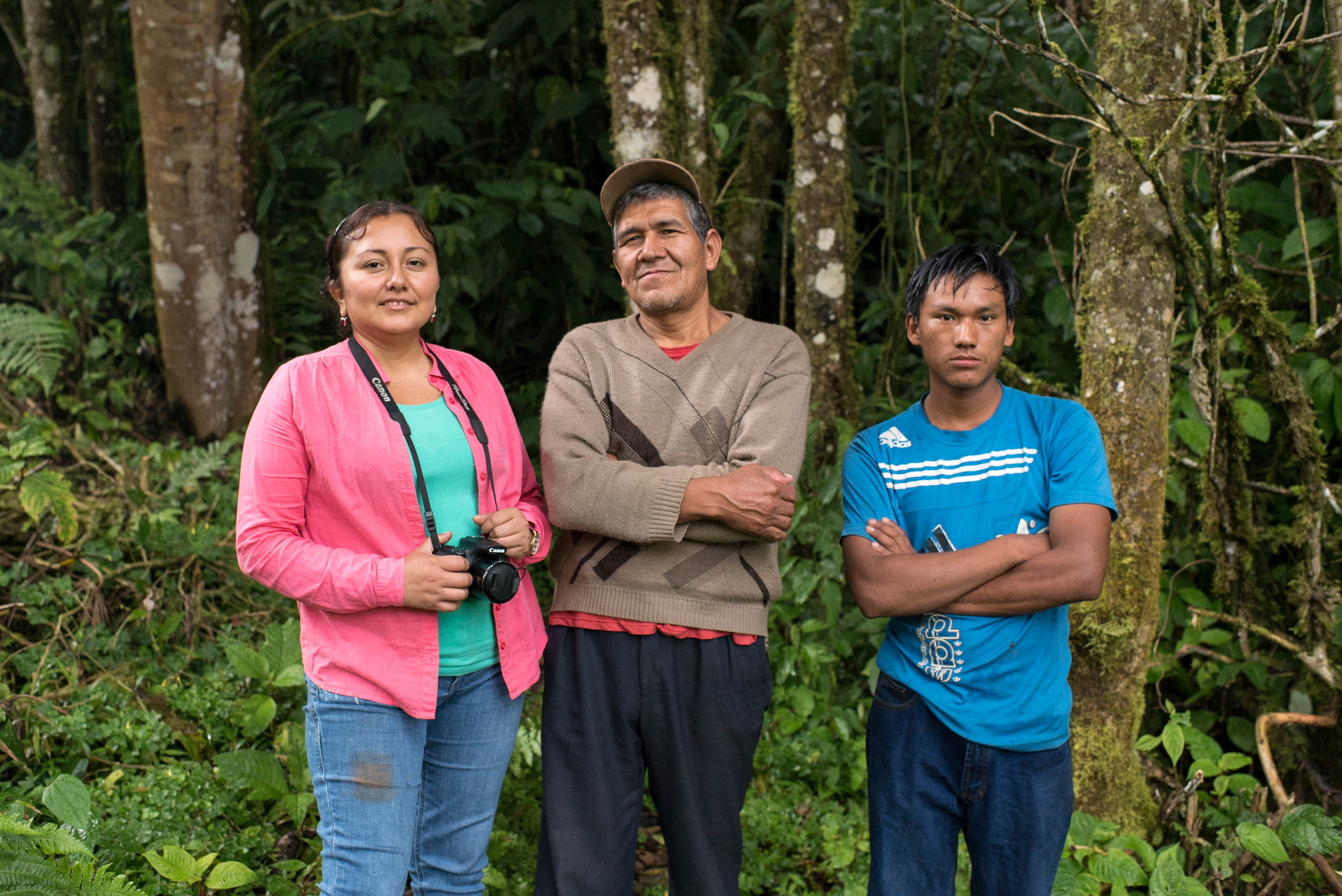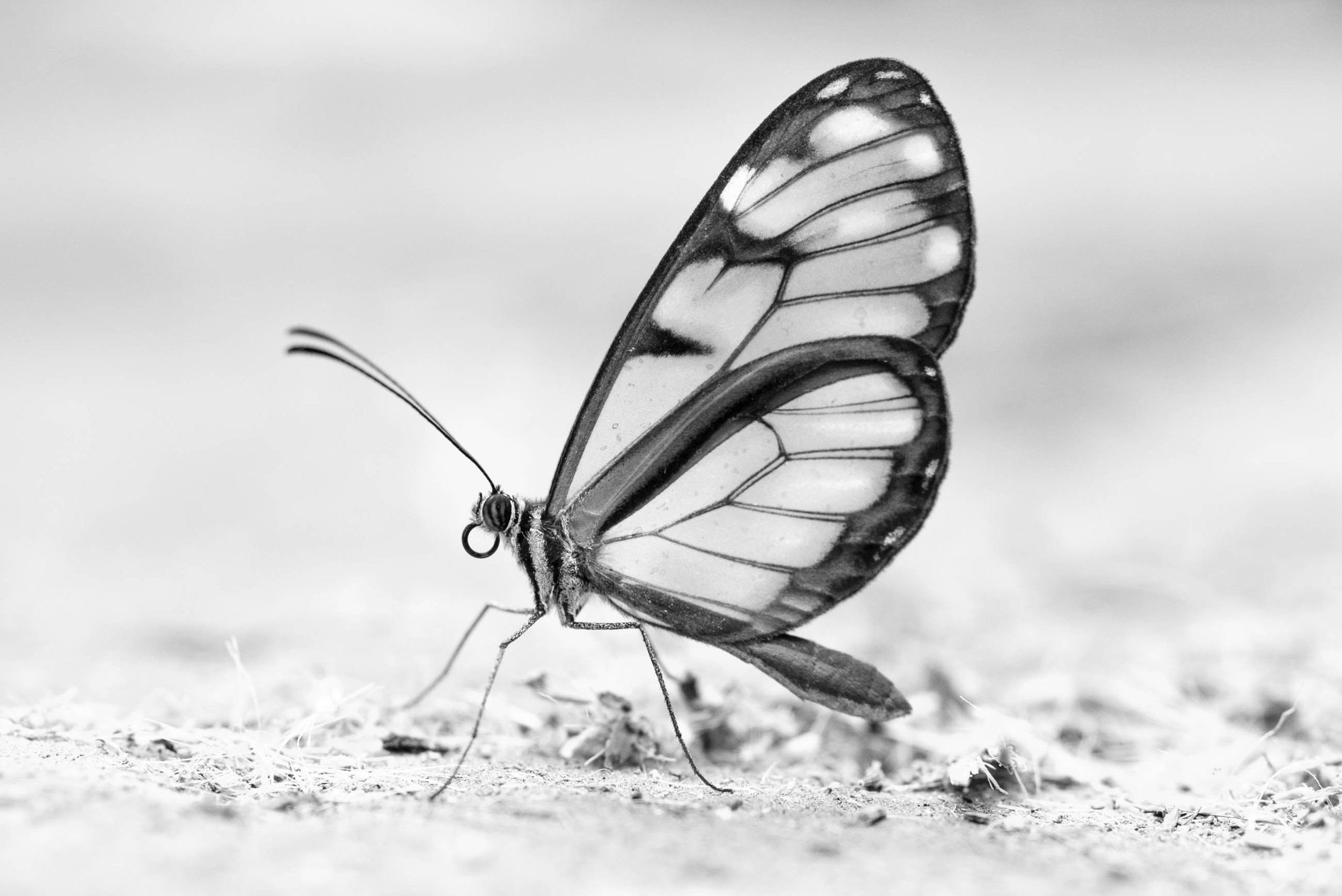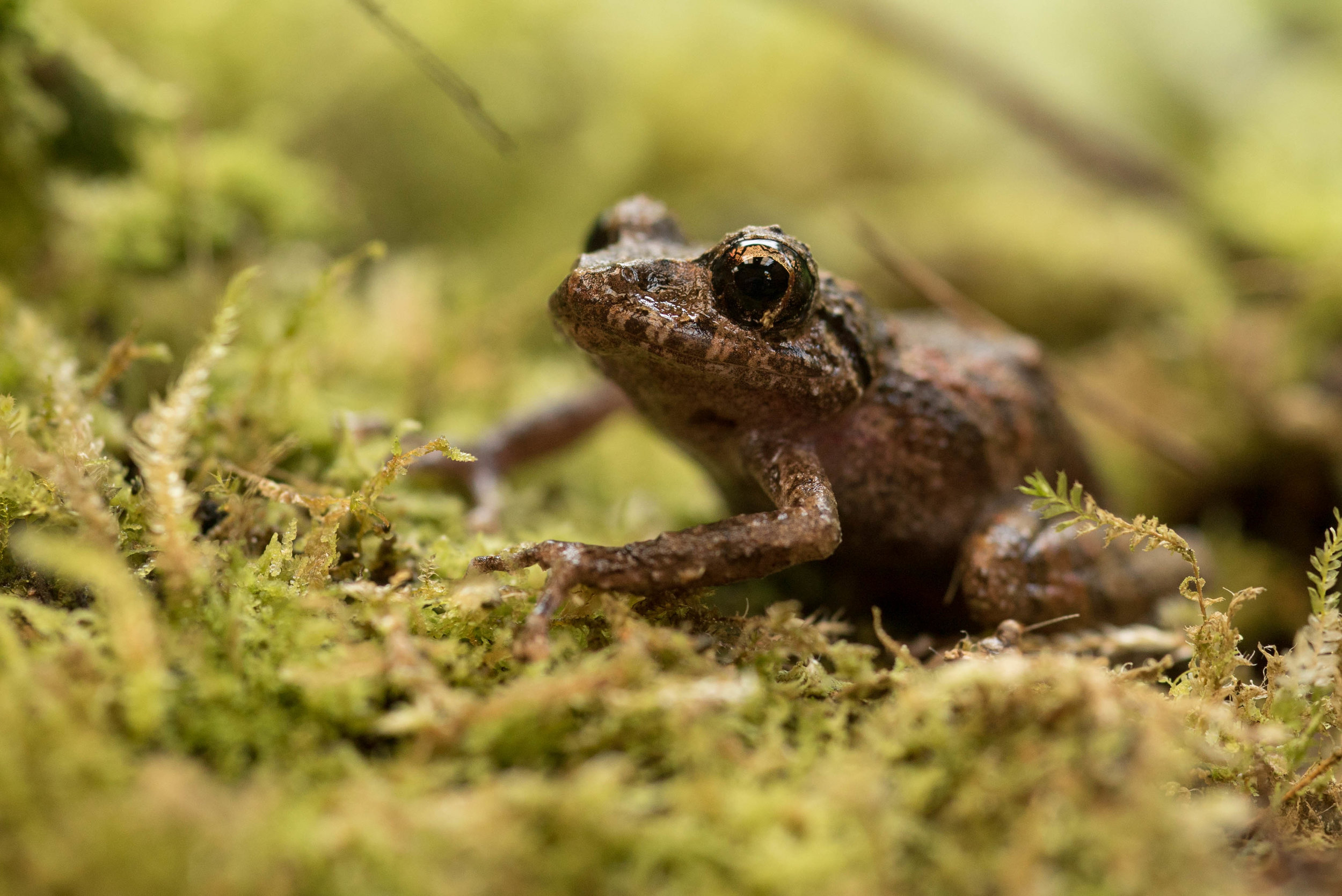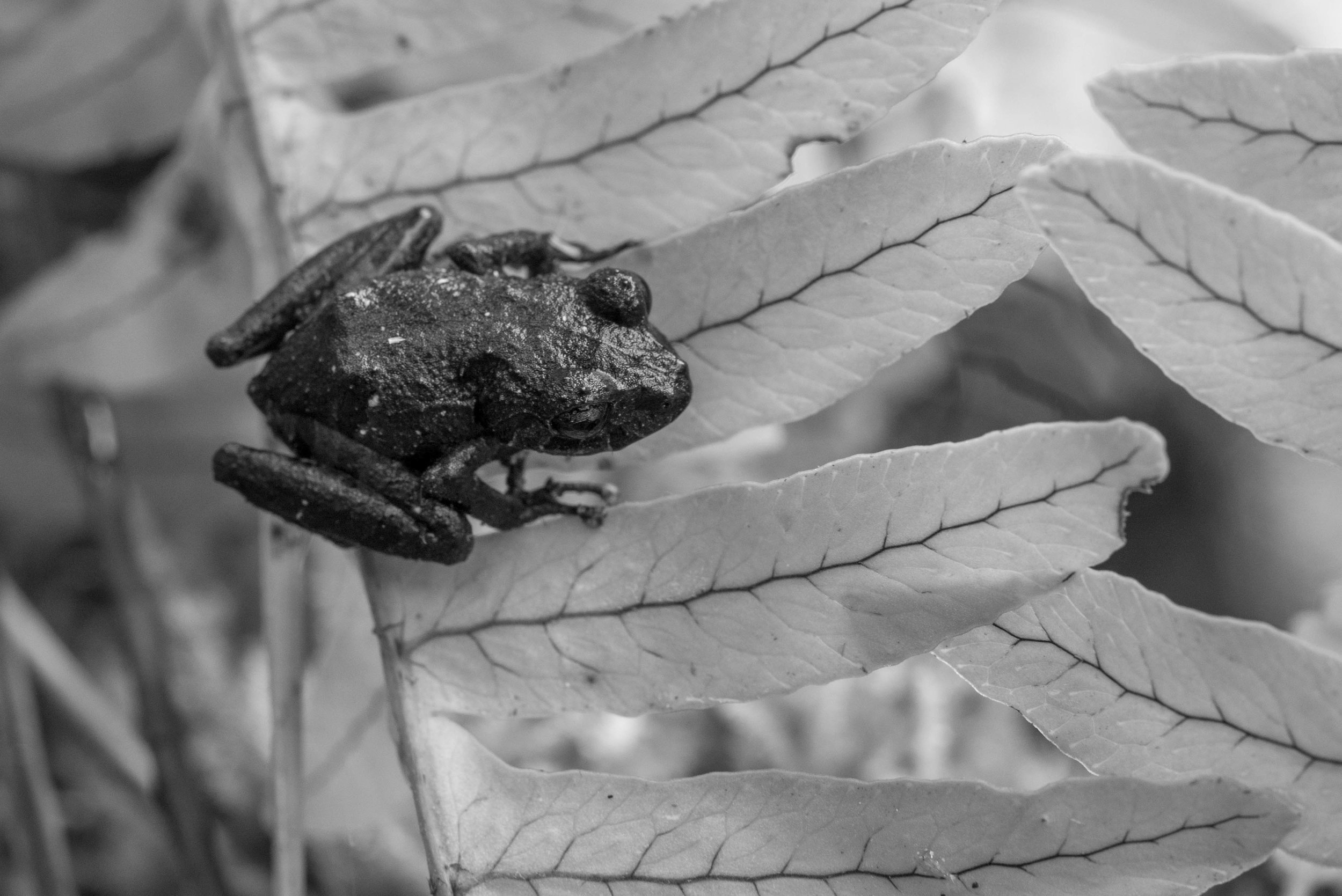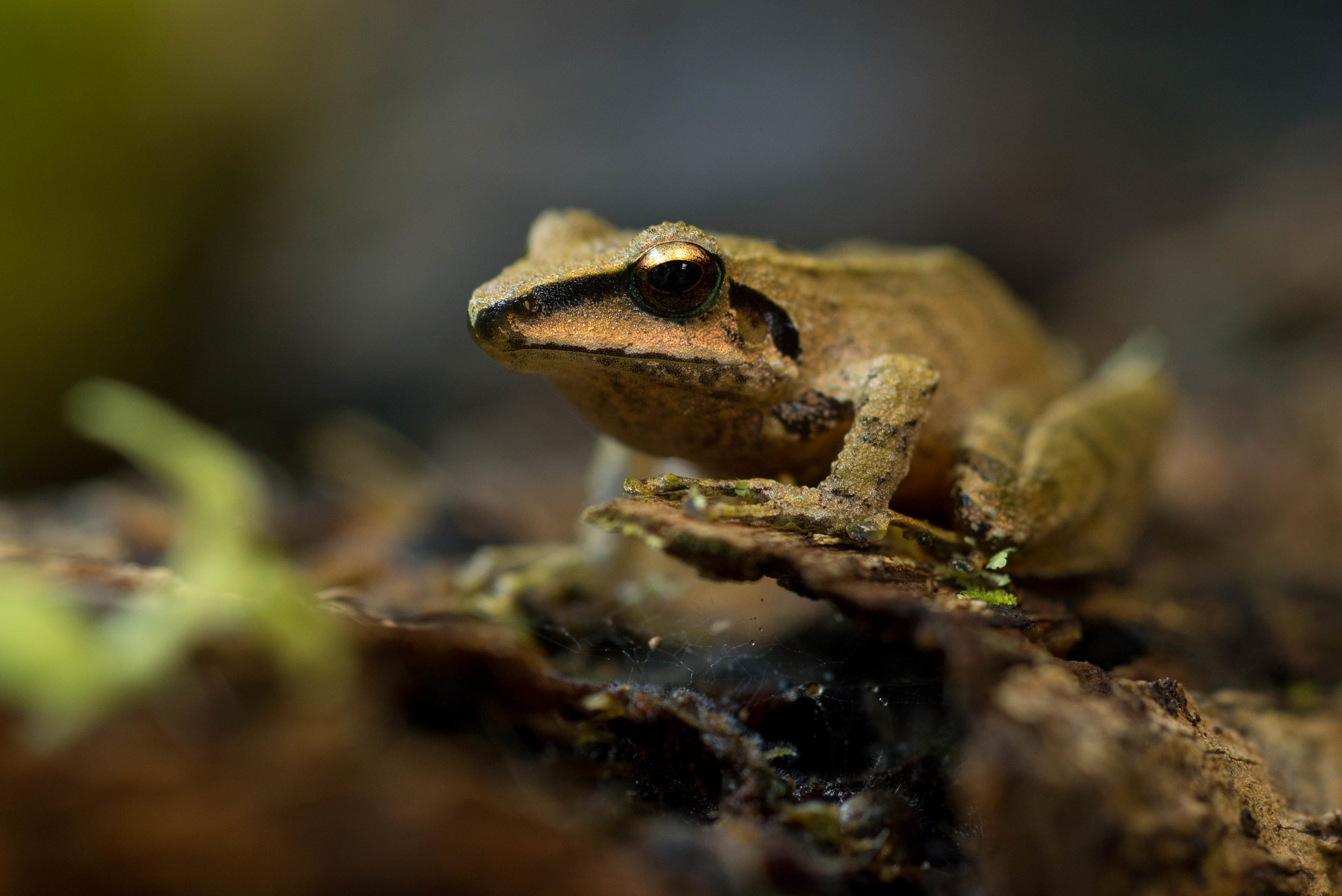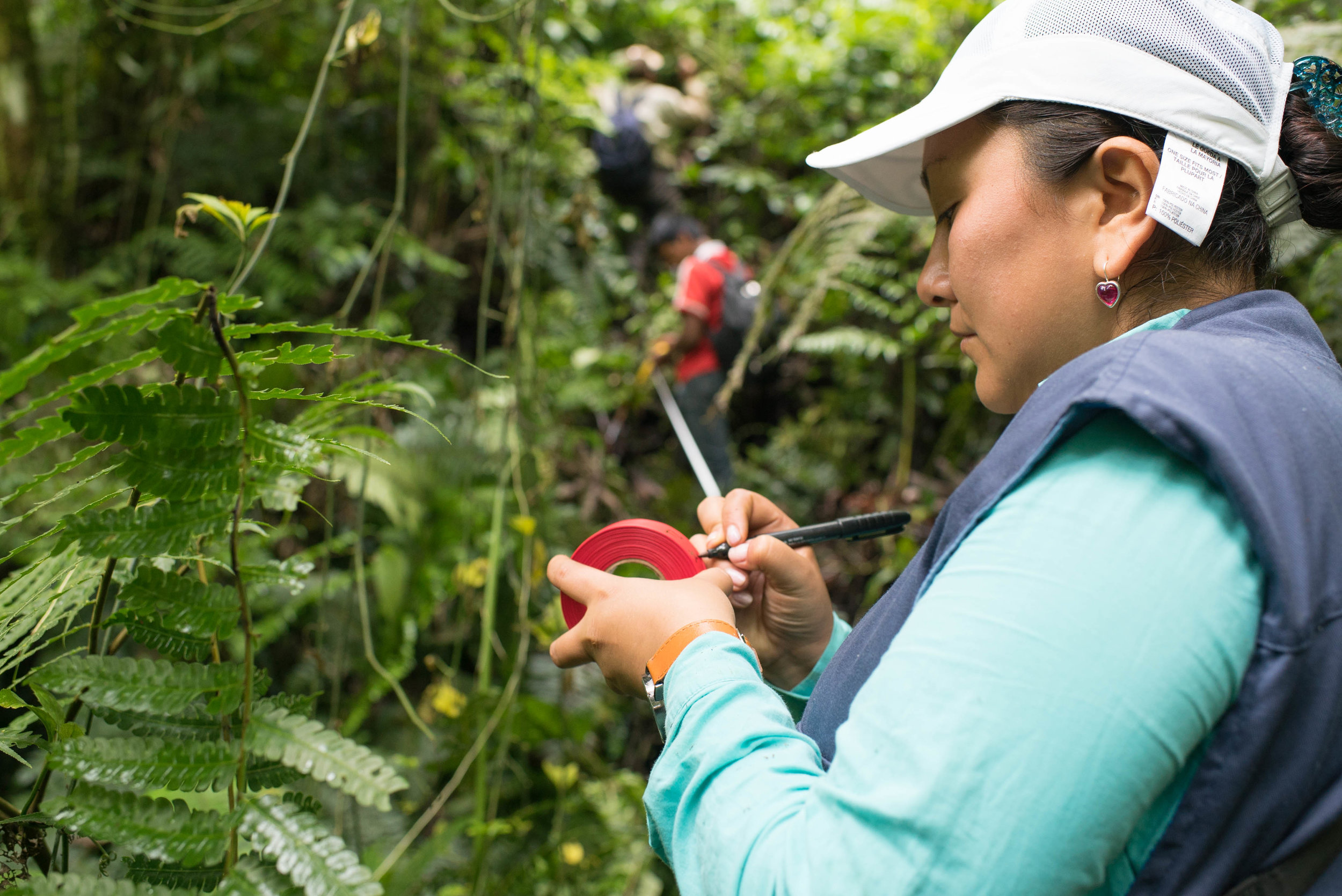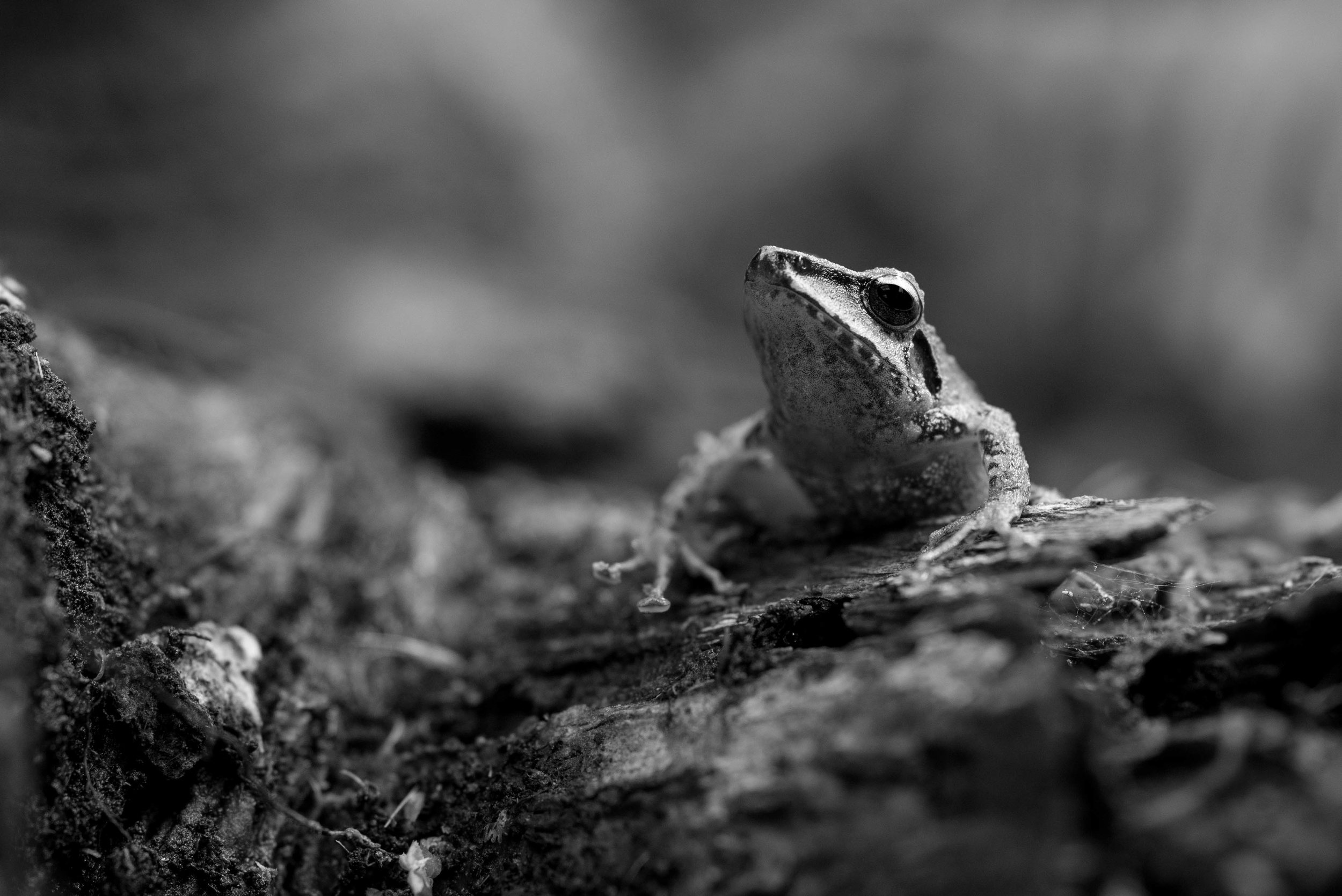In March 2022 I moved to the USA!
When asked why I would do such a think my answer often involved snakes! Maybe also salamanders and turtles. It was a joke, but also not really. I love reptiles and amphibians and there is just so much diversity here.
While residing in New Jersey last spring I saw some awesome critters, plants and landscapes and took a few snaps. I thought it might be time to share some.
This cutie is a DeKay’s brown snake, found under a plant pot in my mother-in-law’s back yard.
The ‘Great Swamp’ is one of my husband’s favorite haunts and we would often see lots of water snakes (Nerodia sipedon I believe) on our boardwalk hikes here.
In the summer we took a quick trip to the New Jersey Pine Barrens. This place far exceeded my expectations. There were so many sundews, beautiful little streams and we even saw a pine snake!
Sundews have always been one of my absolute favourite plants to photograph. The little liquid drops they use to ensnare insects glisten in the sunlight and I just love getting up close with a macro lens. Here are some of my favourites.
Pine snakes are pretty large, impressive creatures, but they are not venomous. They are in fact constrictors, and members of the colubrid family. They also have relatively small heads and a kind of pointed snout that makes them look a little bizarre and kind of cute. It was a real treat to see this beauty!


















